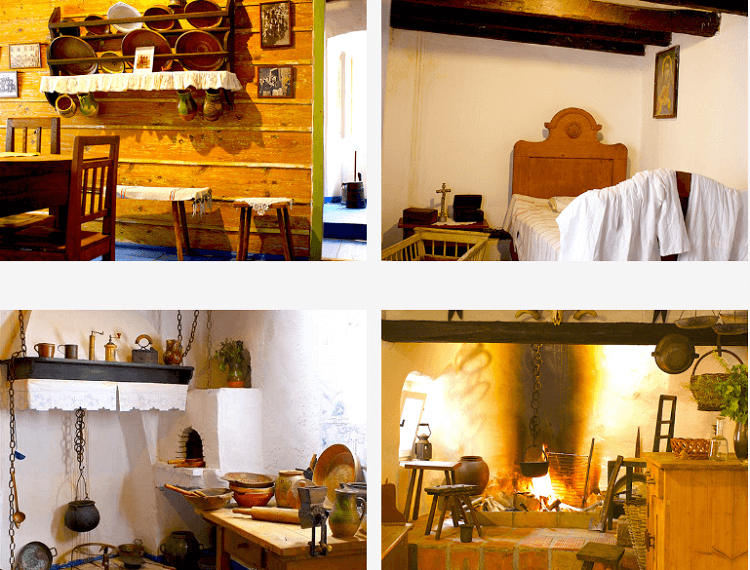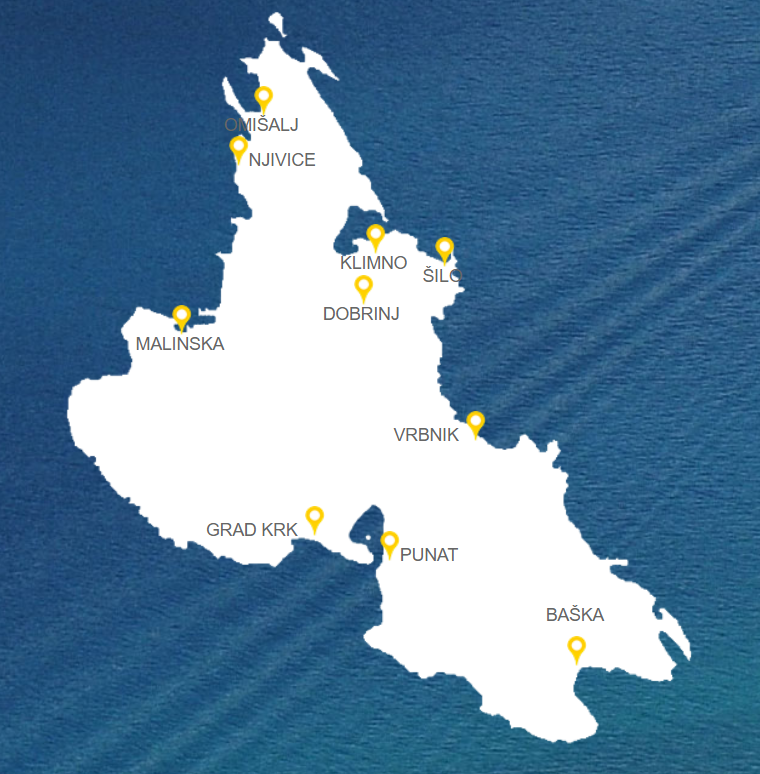Bikers Protest Against Road Toll Collection on Krk Bridge
ZAGREB, June 29, 2019 - Bikers from Rijeka and Primorje-Gorski Kotar County on Saturday staged a protest against the collection of the road toll on the bridge connecting the mainland with the northern Adriatic island of Krk, slowing down traffic by paying the road toll with small change.
Traffic across the bridge, which is usually dense at this time of the tourist season, was significantly slower on Saturday morning.
Police were regulating traffic, directing bikers to one of the four open road toll collection points.
The protesting bikers said that the purpose of their action was to have road toll collection on the Krk bridge cancelled as the bridge had long been paid for and was the only bridge in the country where the road toll was still collected.
Asked to comment on the protest, Transport Minister Oleg Butković said in Rijeka that the protesters were harming themselves and Croatia but noted that there were grounds to abolish the road toll for the Krk bridge.
"We are conducting talks with the World Bank in that regard. The total debt of the road sector is 5.5 billion euro and we cannot make a decision of that kind without international creditors who helped finance the construction of motorways and refinance the debt," Butković said, adding that the government would cancel road toll collection for the Krk bridge if such a move was approved by international creditors.
More Krk news can be found in the Lifestyle section.
New Catamaran Lines Presented, to Operate in Summer 2019 Season
In the last several days we've received three separate reports of new catamaran lines introduced for the summer season of 2019, with the intent of inter-connecting Croatian islands. The fact that Croatian islands were often perceived as not inter-connected enough, and that you often had to go to Split in order to get to another island which was in fact quite close was often listed as one of the bigger problems for tourists in Croatia.
Well, that seems to be changing: during summer 2019, there will be at least three new catamaran lines which will help fix that! Those are:
- Split Airport - Split Town - Bol on Brač Island - Stari Grad on Hvar Island, operated by https://splitexpress.com/en
- Rijeka - Krk (Krk) - Lopar (Rab) - Novalja (Pag) - Zadar, operated by G&VLine
- Dubrovnik - Korčula (Korčula) - Hvar (Hvar) - Bol (Brač) - Split, operated by Jadrolinija.
The last of the three mentioned existed last year too, as we've made clear in our 2018 guide on how to get to Korčula Island. Obviously, it has proven to be a success last year, so Jadrolinija has decided to bring it back, starting operation on May 30th, and lasting until the end of September. The timetable (link to the .pdf document) is similar to last year's, with the key difference being that it will be departing Split 45 minutes earlier in the afternoon (at 15:30, while last year it was at 16:15), thus arriving in Dubrovnik also 45 minutes earlier. In addition, in Korčula, the ferry will not be docking at Dominče ferry port, rather at either the east or the west port in Korčula town itself. The very modern catamaran Jelena will be carrying passengers on this line.
Rijeka - Krk - Rab - Pag - Zadar is a new line, which connects the islands that are close to one another, but have never been well-connected. Now the new catamaran line will give the passengers the chance to island-hop, but also to make a same-day visit to the islands, as it will leave Rijeka in the morning, arriving in Zadar around midday, and you'll be able to from Zadar to Rijeka at around 8 pm. For a detailed timeline, click here (link to the .pdf document).
The timetable for the catamaran line connecting Split Airport, Split Town, Bol on Brač and Stari Grad on Hvar is a bit more complicated, but you can see it below:
New Fast Line to Connect Croatian Islands May be Tourist Hit
The residents of Croatian islands often have rightful complaints about their connections to the mainland not being up to scratch in many cases, and while efforts are being made to create better, more reliable and more frequent connections between Croatia's many inhabited islands and the mainland, many remain less than satisfied.
As Poslovni Dnevnik writes on the 22nd of May, 2019, the carrier of this idea and the launcher of the line itself is the company GV Line Iadera from the Dalmatian city of Zadar which has many years of experience in navigation on important state routes under its belt.
Every single day as of June the 15th to September the 15th, there will be a fast passenger line on the Rijeka-Zadar route and this will also connect the islands of Krk, Rab, and Pag. This is otherwise the first and the quickest fast passenger line to connect Zadar and Rijeka and the islands in this manner, as 24sata reports.
This new line will certainly contribute to not only the ease of the lives of the residents of the aforementioned islands, but also to the overall enrichment of the tourist offer of both Dalmatia and Kvarner respectively, as well as to the better linking of the islands, since the islands of Krk, Rab and Pag have never been connected in such a way with each other, nor have they ever been connected in this way to the Croatian mainland.
Make sure to follow our dedicated travel and lifestyle pages for much more.
Krk Food Fest: Gourmet Heaven in Baska, Punat & Vrbnik
May 6, 2019 - Day 2 of the recent Gastronaut foodie tour of the Krk Food Fest had a decidedly Glagolithic flavour.
Foodie media association Gastronaut embarked on a 3-day tour of the island of Krk last month, ahead of the annual Krk Food Fest which runs until May 31. It is an exciting gourmet time of year with Spring flavous and ingredients combining with some innovative chefs to produce a delightfully varied gastronomic offer. Gastronaut itself, led by Karin Mimica, is famed for organising the maximum possible in terms of gourmet and cultural experience in the shortest time. Day 1, for example, included visits to no less than 11 restaurants and wineries, which you can read about the first day here. Looking at the programme, the second day was due to be no less intense or fascinating.
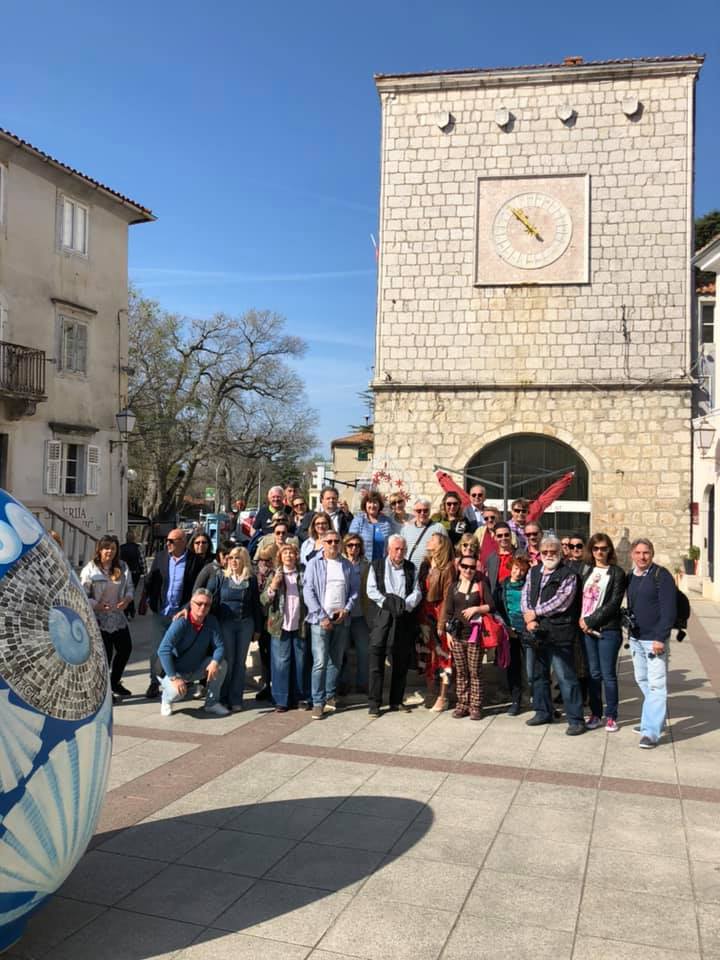
And so it proved. A leisurely start from Hotel Drazica in Krk and a guided tour around the historic Krk. The island has been inhabited uninterrupted since the Neolithic age, and Christianity appeared early, with the town of Krk having its own bishop as early as the 5th century. It is a delightful and compact small town, with plenty of features to reflect its various influences over the centuries.
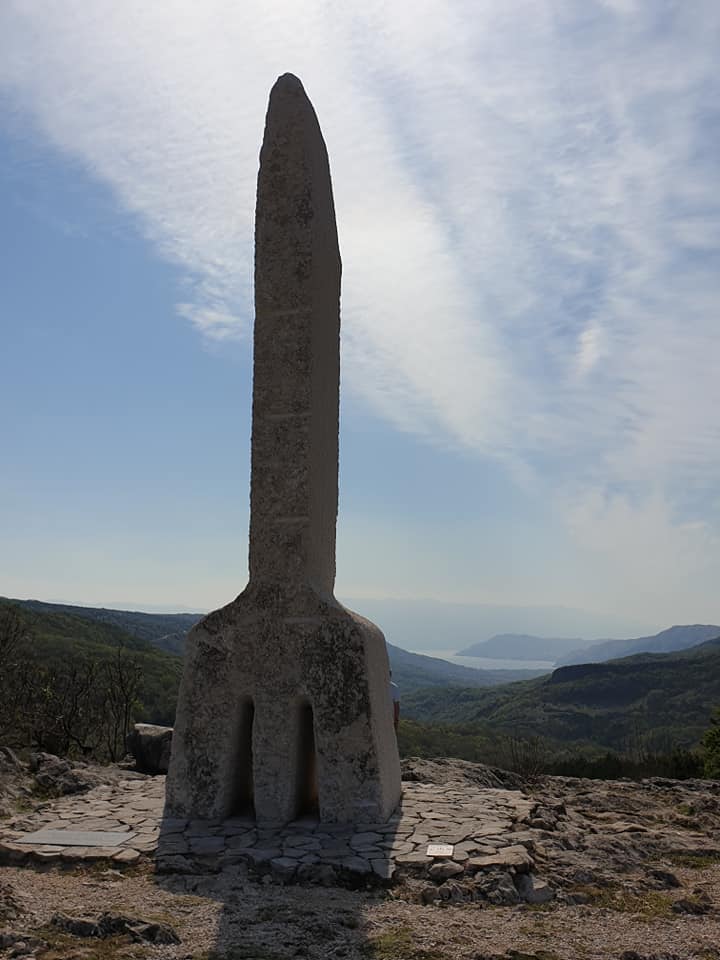
Arguably the highlight of the day, however, was my discovery of the fabulous Baska, a destination I knew nothing about prior to the trip, but which seemed truly to have everything on offer, including the rather fascinating Glagolithic script, which Baska is promoting in a very educational and adventurous way.
The script is thought to have been introduced by Saint Cyril, of Cyrillic script fame, back in the 9th century, and it is regarded as the oldest Slavic script. While its use at one time was fairly widespread in the Slavic world, it was preserved only the clergy in Croatia - particularly in the Kvarner region where Krk is situated - and was used in the writing of Church Slavonic until as late as the 19th century.
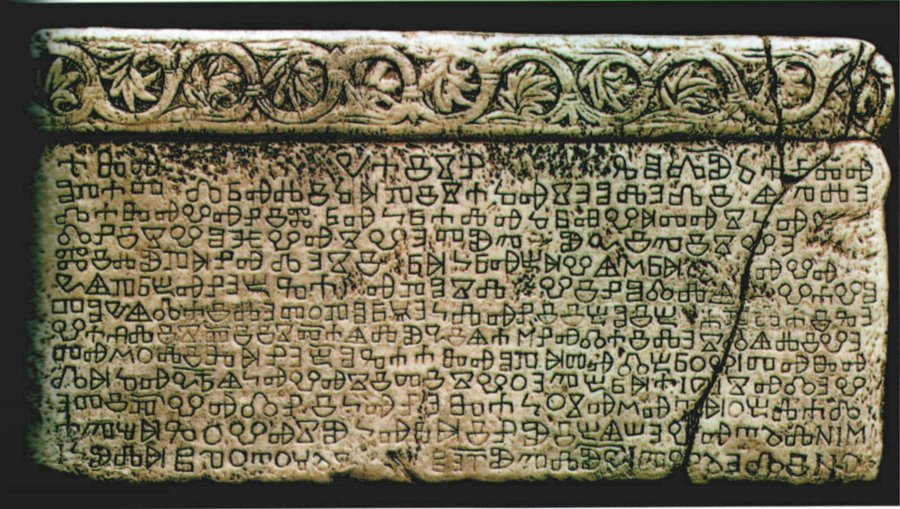
The discovery of the Baska tablet in the paving of the Church of St Lucy in Jurandvor near Baska, back in 1851 was a significant find - the tablet dates back to 1100 - and Baska has done a magnificent job establishing itself as a 'spiritual home' to Glagolithic.
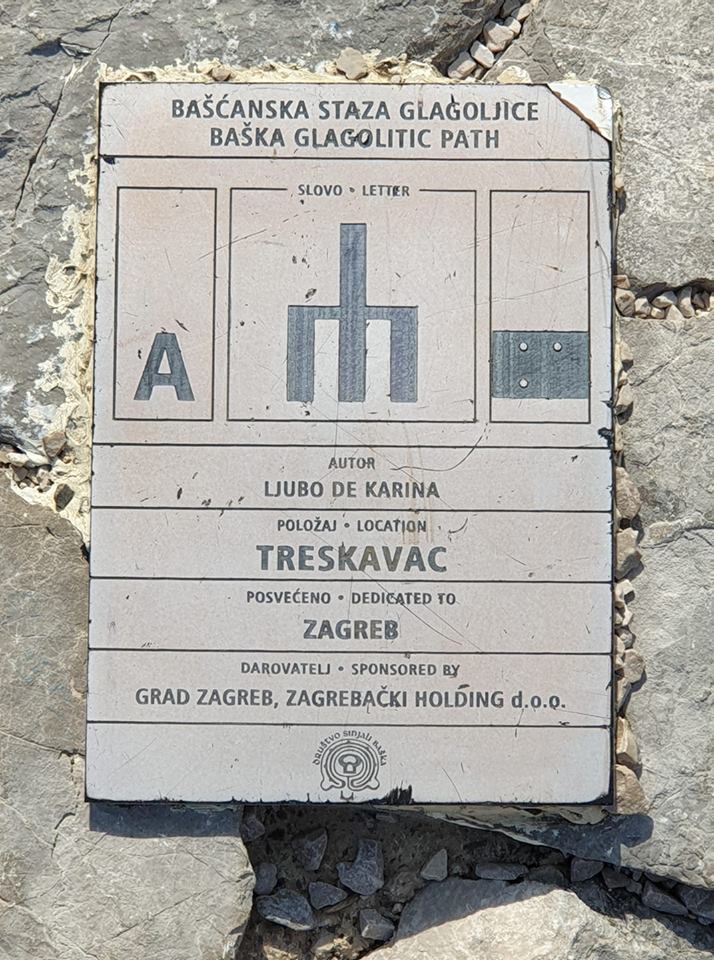
Visting Baska and its surroundings one cannot miss the Baska Glagolithic Path, a wonderful project of education, in which each of the Glagolithic letters is celebrated in stone (see the letter 'A' rising majestically in the photo above). Each latter has an accompanying plate which explains which letter it is, the location, sculptor, and the donor. Baska launched a nationwide appeal to support the project, and various locations around the country responded magnificently. Each location has a particular relevance to the letter, and you can learn more about this fascinating project - and learn the Glagolithic alphabet at the same time - in this detailed explanation by the Baska Tourist Board.
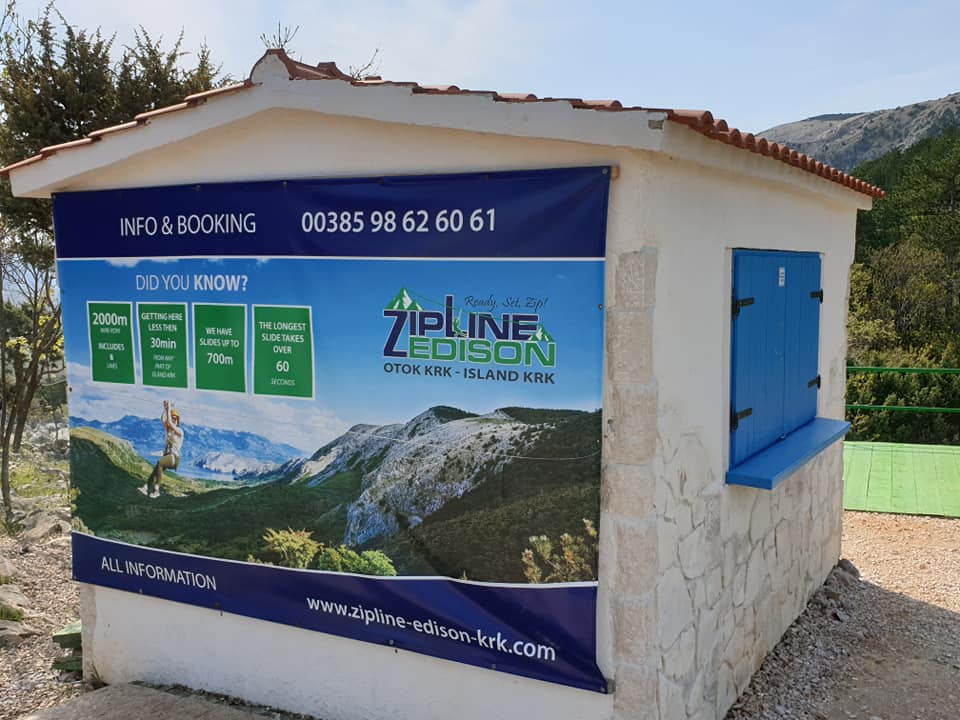
Right next to the Glagolithic letter 'A' - something altogether more modern for an island which I was quickly discovering really did have something for everyone.
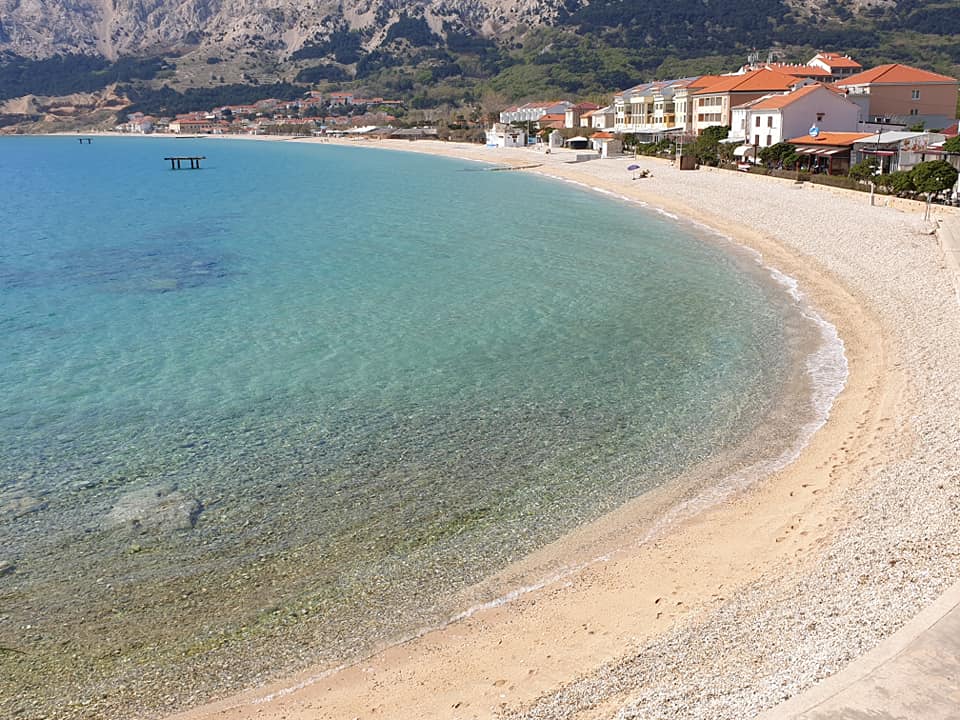
And then we saw it. Baska, in all its glory - what a delightful beach in the heart of the town.
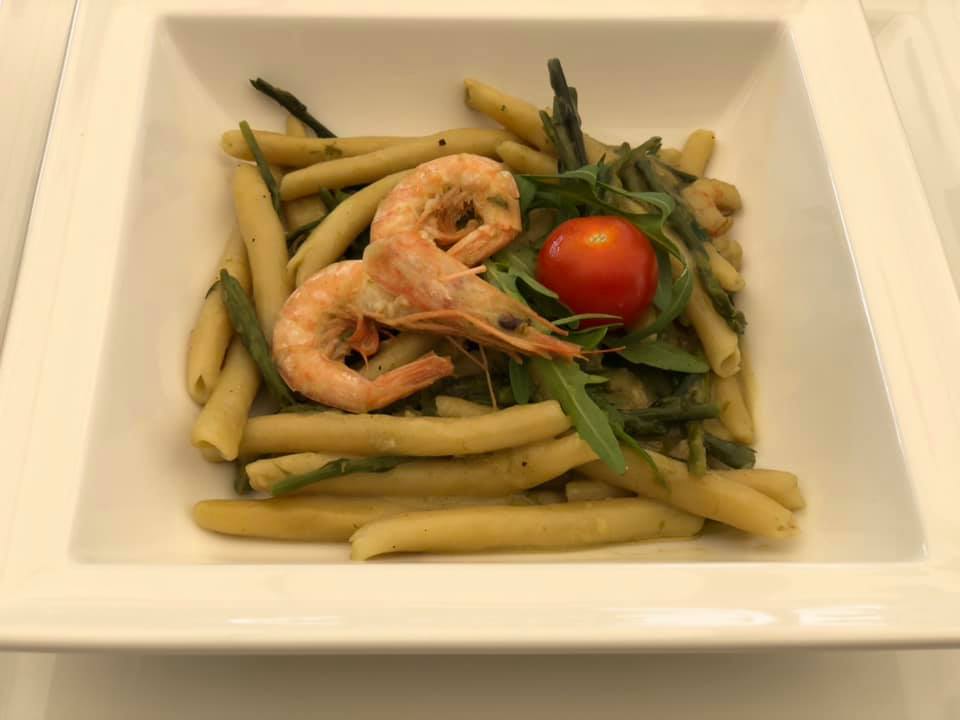
We were here for the Krk Food Fest of course, and it had been a while since breakfast, so time to attack the first restaurant of the day, Heritage Hotel Forza, which this year celebrates its 30th birthday. With dishes like surlice (hand-made Krk pasta), asparagus and prawns, above, there is no doubt that Forza will be feeding guests quality food for another 30 years and more.
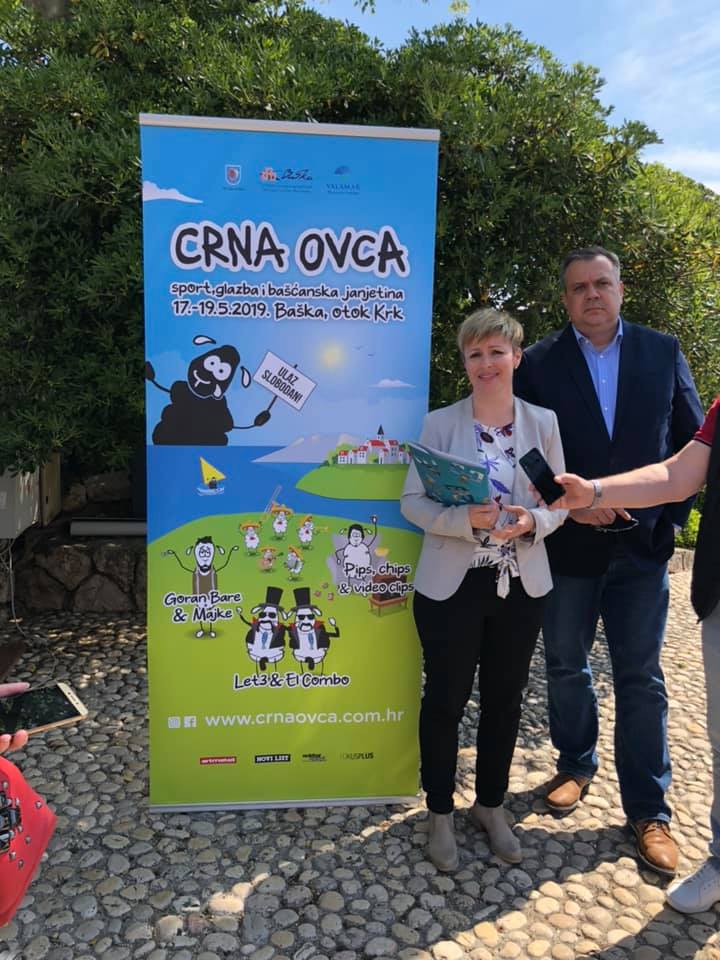
We were then introduced to what looks like a perfect family festival taking place from May 17-19, with free entrance - the Black Sheep Festival. Great name on this island of lamb. Here is how the festival introduces itself:
And the official trailer below gives you more of a feel. It is in my diary for next year. You can learn more about the festival on the official website.
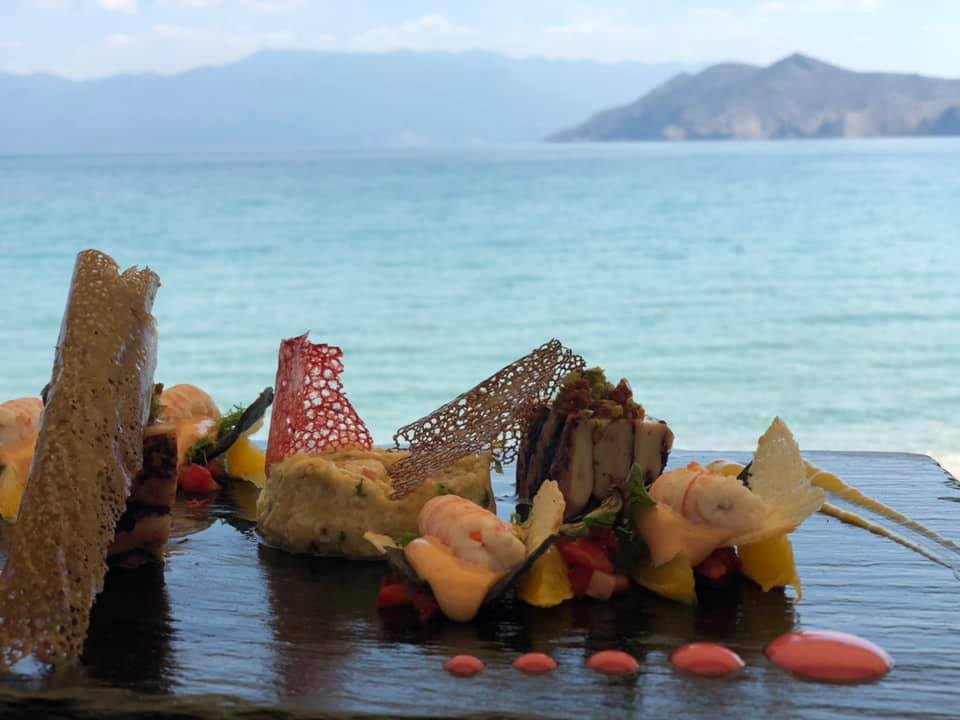
It was time for more food, and could there be a more perfect location than Cicibela, right on the water in the middle of the beach. A divine spot, more than matched by its seafood specialities.
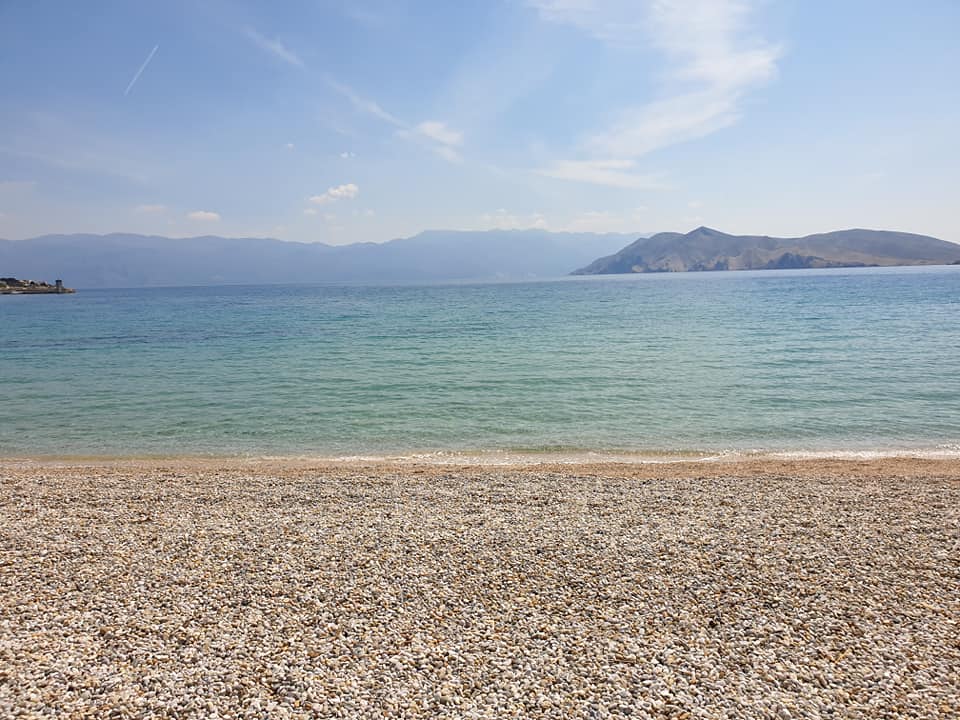
Ah yes, summer is on the way.
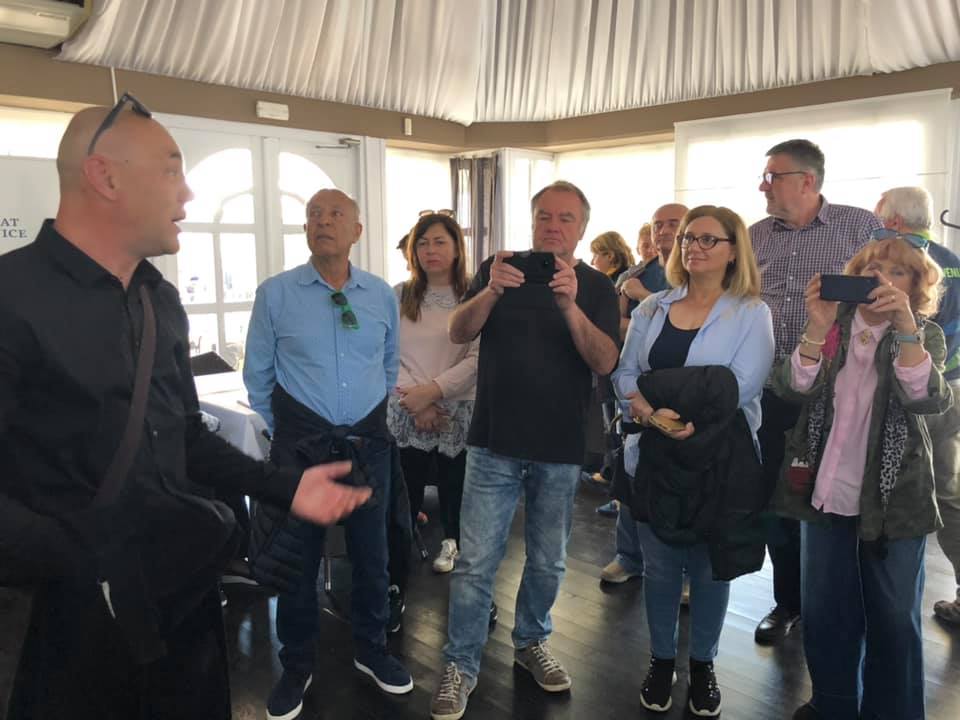
One cannot sit for long in paradise when Karin Mimica is running the tour, however, for there is just so much more to see. Next stop Punat and the Marina restaurant, where we were treated to excellent finger food, comprising asparagus, seafood and lamb specialities. Delicious.
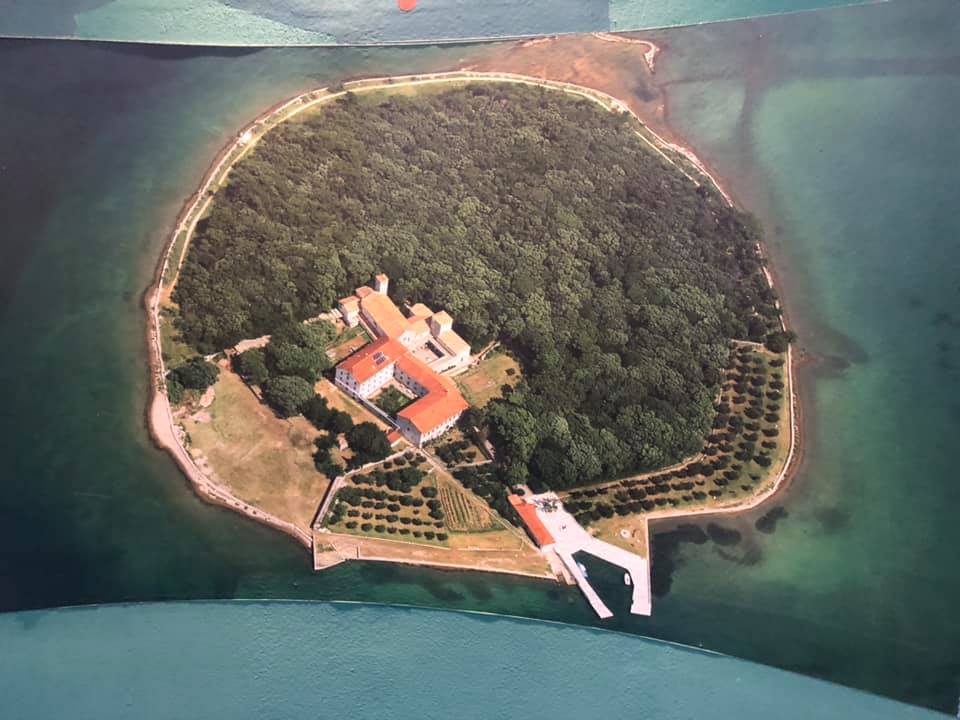
Next up, a short boat trip to the island of Kosljun, which is nestled in the bay close to Punat, and home to a few Franciscan friars who live in the monastery there.
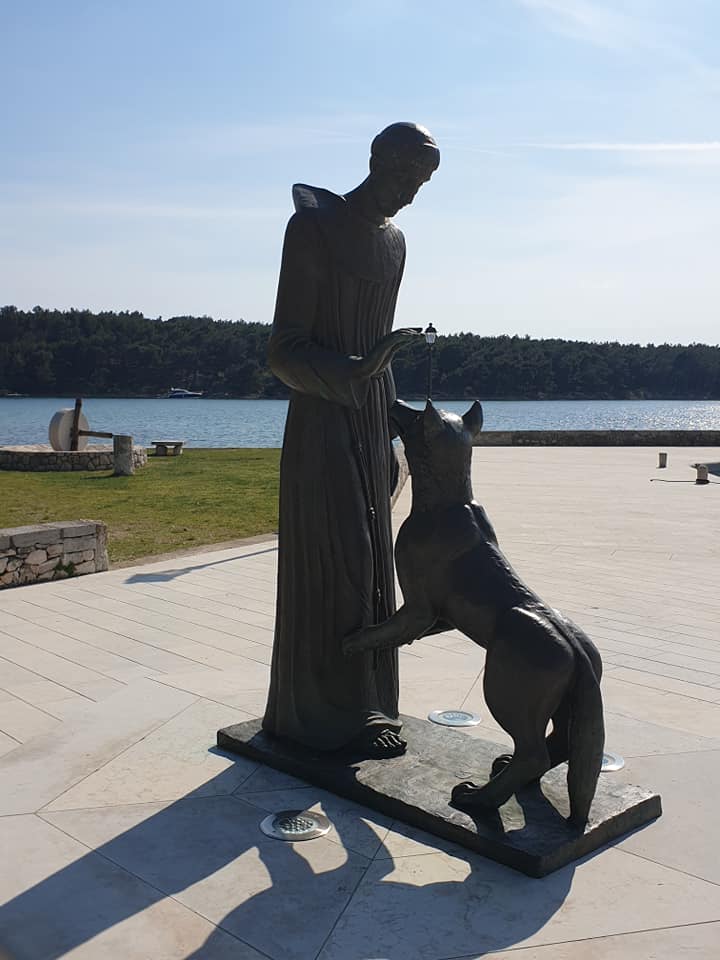
It is an island of incredible peace and tranquility, as well as housing some fascinating museum exhibits, documenting the history of the region.
And a truly friendly tour guide, who waved us off enthusiastically after our short tour.
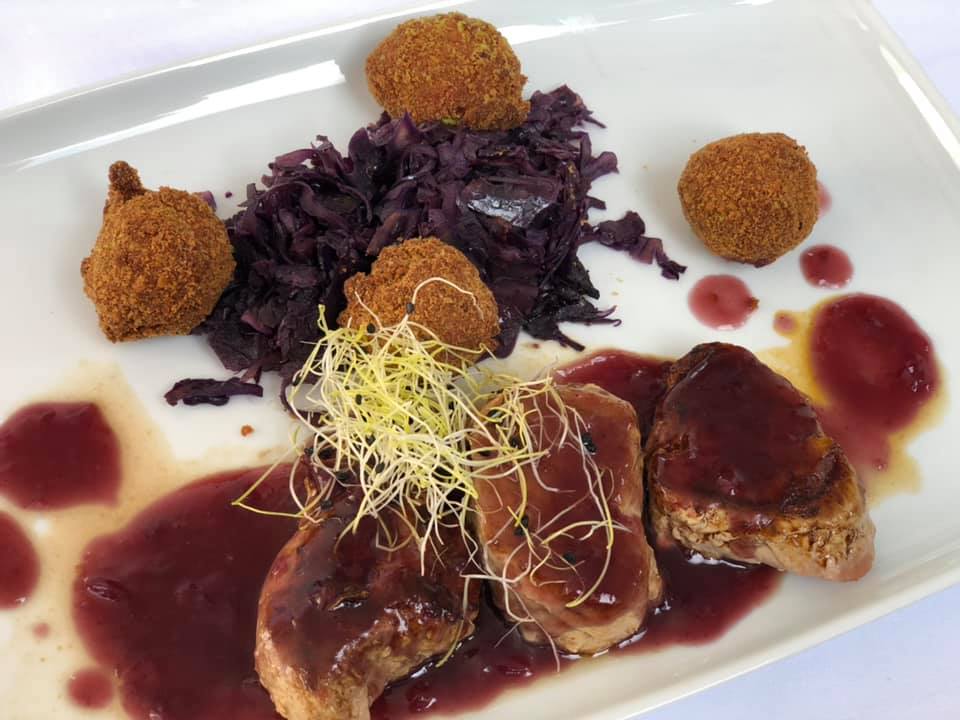
We hadn't eaten for at least 10 minutes, and Bocoon on the waterfront in Punat was on hand to solve that problem.
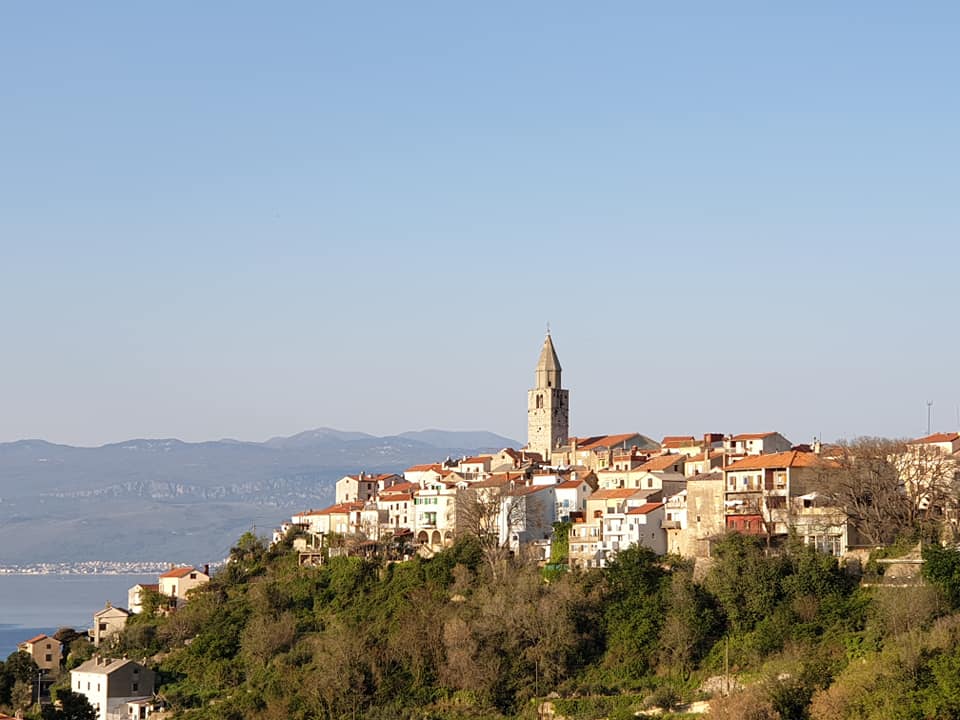
I have vague memories of my first visit to Krk back in 2006 when my wife was in Rijeka hospital for the birth of our first child, the strongest of which is the picturesque old town of Vrbnik. It was where I first became acquainted with the local Zlahtina golden wines, and it was a pleasure to visit again, via a glass of sparkling at the Ivan Katunar winery at the entrance to Vrbnik.
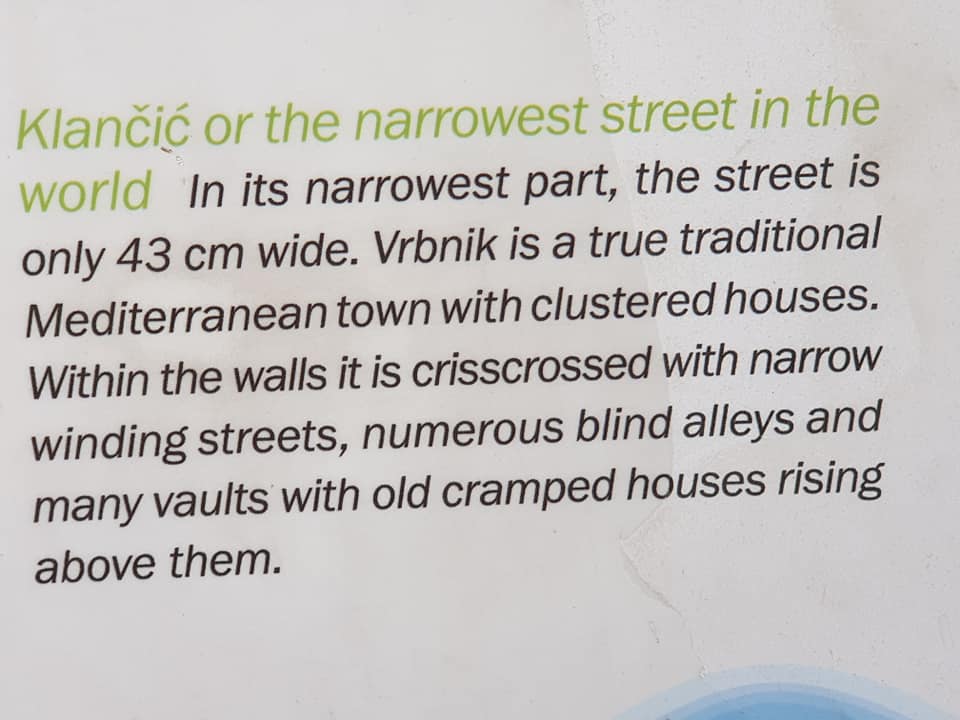
This latest visit to Vrbnik came with its own challenge for fat bloggers, allegedly the narrowest street in the world.
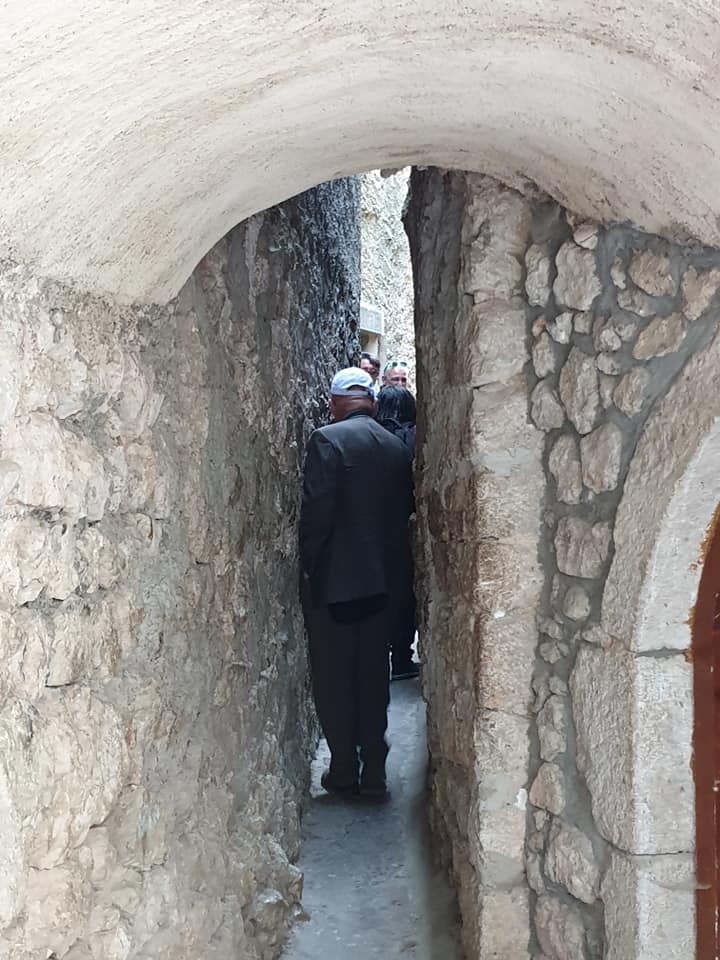
I am not sure about the authenticity of that claim, but it is a street not recommended when you have been eating and drinking for two days with Gastronaut.
Squeezing through was well worth it, as we were rewarded with nibbles and a glass of wine from the Sipun winery in Stara Verbanska Kuca, a superb little museum in an old house in Vrbnik, celebrating life as it once was. The owner is apparently Russian, and he fell in love with Vrbnik and wanted to put something back, so he appealed to locals to donate items from Vrbnik's past. The result is more than impressive.
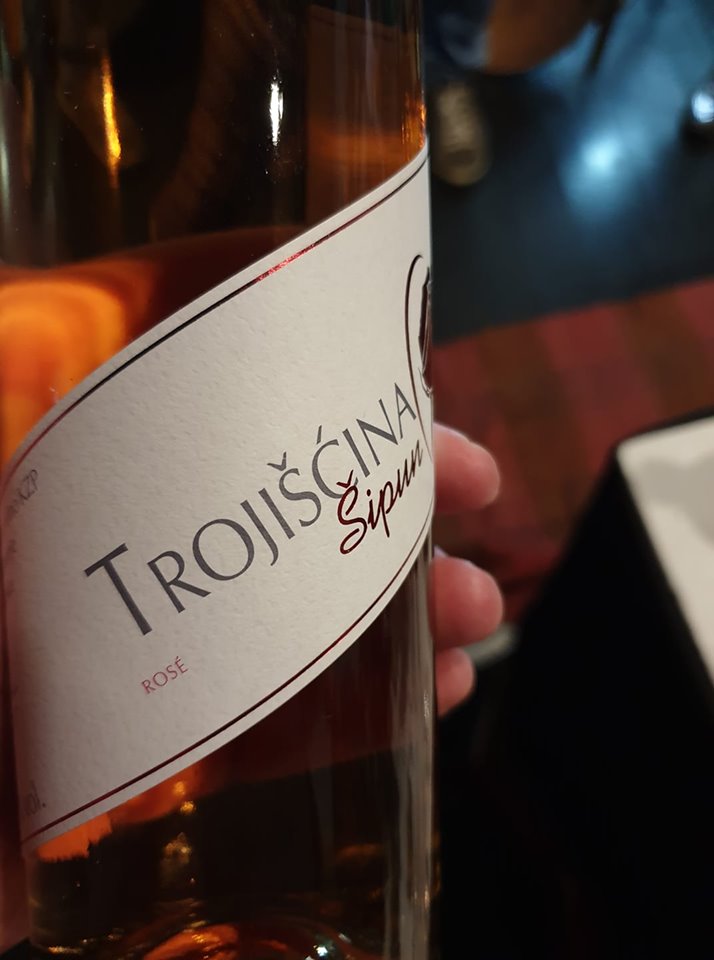
As with every Gastronaut trip, there were plenty of new discoveries, including the Sipun Trojiscina rose, a red grape variety which was all but extinct, but grows on Susak and Krk, and is being resurrected by the Sipun winery.

With all the lunches finished, it was time to think of dinner, but not before a little aperitif on the outstanding and spacious Nada terrace, a great family restaurant which served up a 5-course special.

There was just one more stop before Karin would allow us to rest our weary limbs, and one I was particularly looking forward to - Vonotel Gospoja, the first wine hotel in Croatia, about which we have written before.
I have to say that I loved it, a really interesting concept, and in terms of what is happening in the kitchen, I will leave you with these. To be explored at a later date.
I am sure that all this talk about food is making you hungry. So why not head to the Krk Food Fest which runs until May 31. More details here.
Krk Food Fest: Meet a Gorgeous Gourmet Island with a Bridge
The Krk Food Fest opened on April 19, 2019, and TCN joined 50 other journalists on a 3-day Gastronaut tour of the island with a bridge to learn more.
Having spent so many years living on one of the most beautiful islands in the world, I am always curious to compare and contrast my little slice of paradise with other islands. And while an island would have to be very special to come even close to me shifting my allegiances (as Korcula has managed to do), it is rare that I find something that compares.
But if you are looking for someone to show you the very best of a destination in the shortest possible timeframe, then I heartily recommend the gourmet tours of Karin Mimica and the fabulous Gastronaut. I posted on social media before our three-day tour of the island and participants of Krk Food Fest that I would even follow Karin to the gates of hell if she were organising the tour, for she is simply the best in the business.
And through her eyes and programme with the Krk Tourists Board, the island of Krk shone.
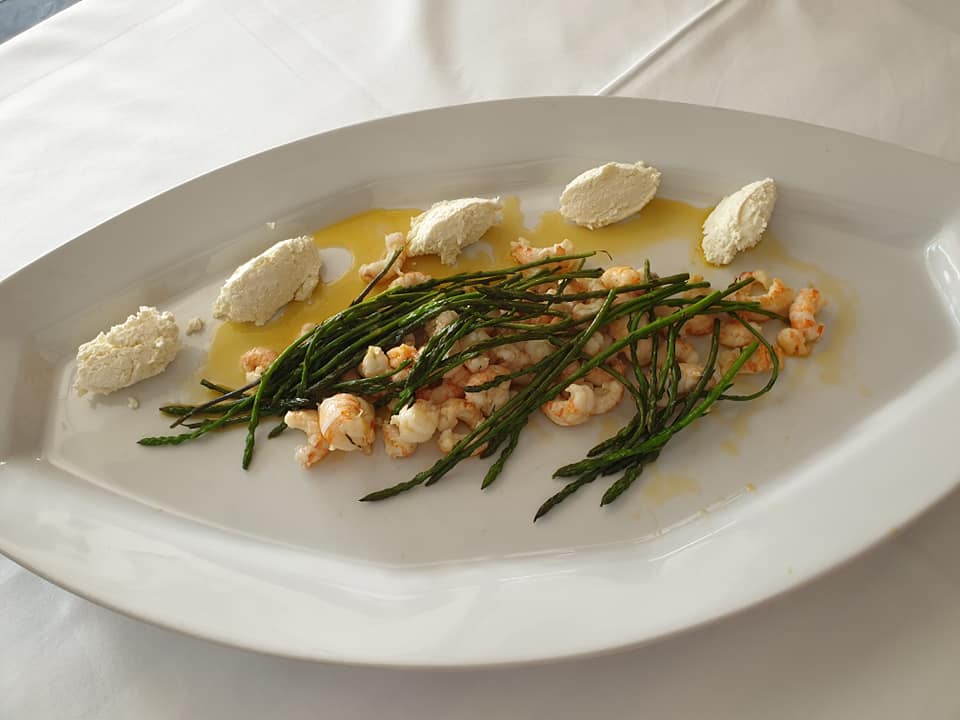
Such is the popularity of the Gastronaut tours, which this time included 50 journalists from all over the region, as well as the UK, that restaurants are keen to showcase their wares in front of such an audience, and the Gastronaut Krk programme was among the fullest - and most delicious - I have been fortunate enough to participate in.
And the theme of 'Tastes of Spring' got off to an incredible start in Malinksa at Restaurant Primoska Koliba, where prawns and wild asparagus were just one of the outstanding dishes.
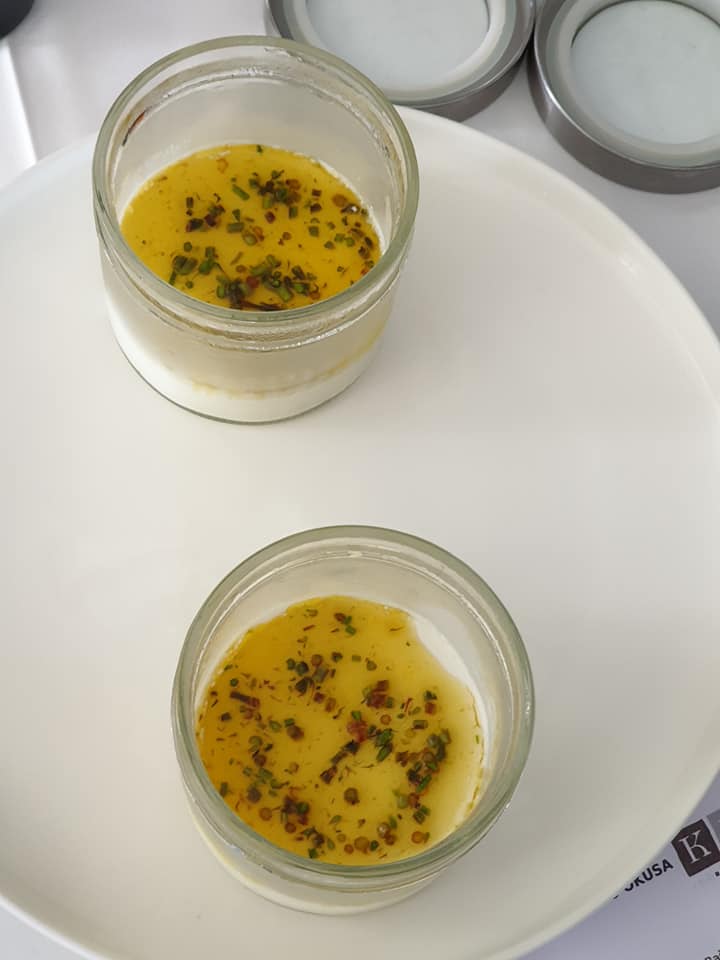
But first prize for innovation, and a true delight, was the asparagus panna cotta. Very original and in keep with the theme of the festival.
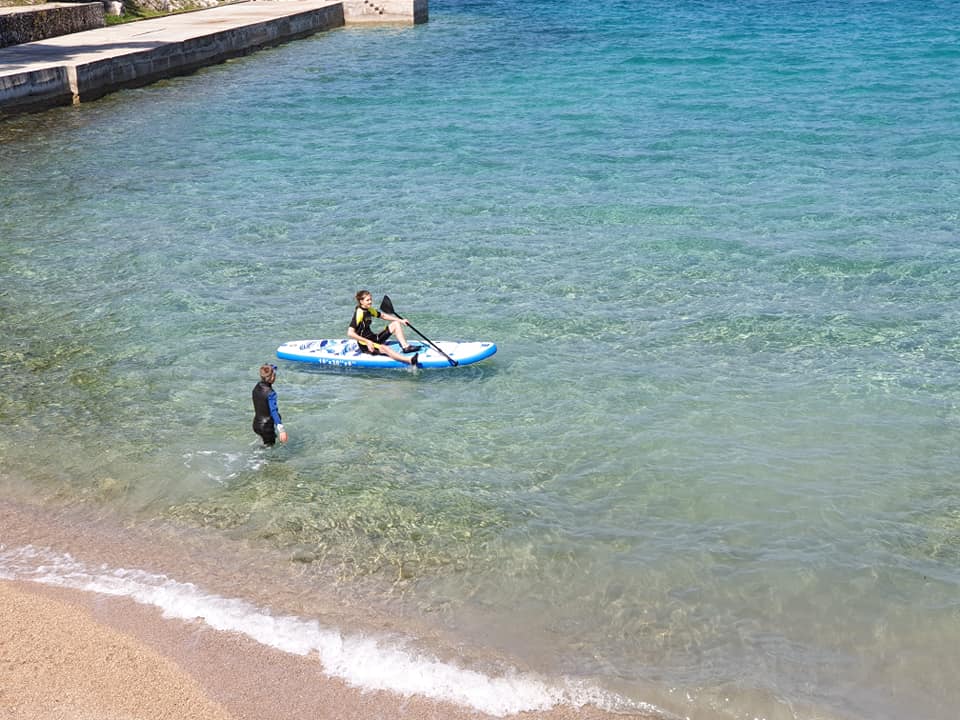
Nothing quite beats Spring on a Croatian island when the weather is favourable. A time to enjoy before the peak season crowds and higher temperatures. Having enjoyed the Korculanske Pjatance food festival about the same time last year, I heartily recommend you look into the Croatian food festivals taking place this time of year - here is an introduction to some of the quirkier ones - Natural Food Festivals: 25 Things to Know about Croatian Gourmet Goodness.
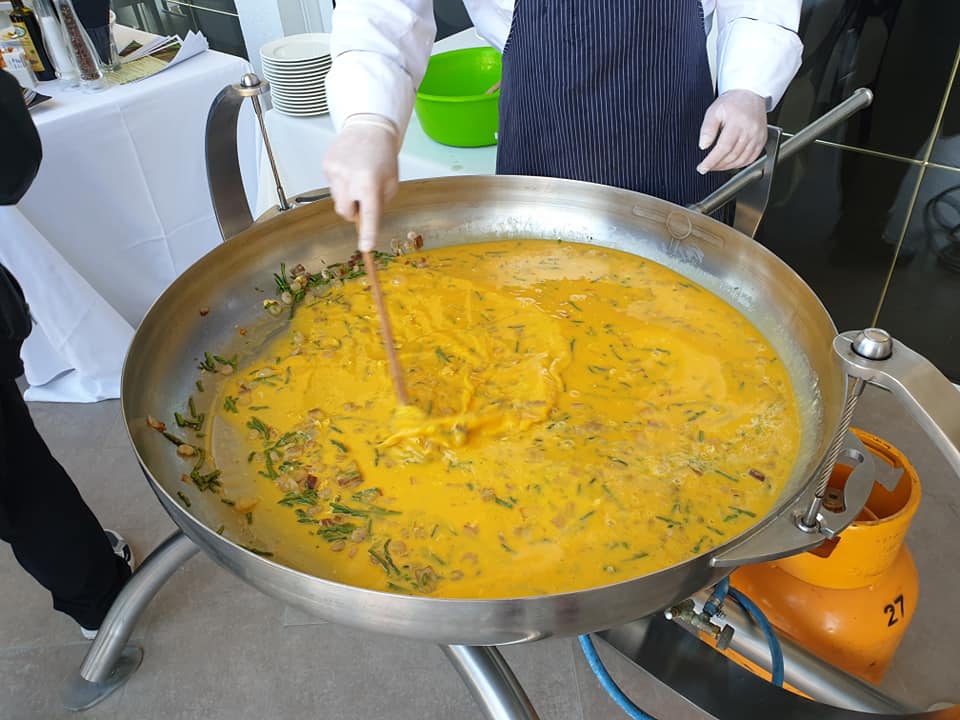
A short walk to Hotel Malin's Mulino restaurant brought the second round of breakfast, of which the highlight was this egg fritata with bacon, prawns and asparagus.
One of the keys to the success of Gastronaut tours is the precise organisation and Karin's ability to keep her guests under control and on schedule, no mean feat when then there are 50 foodie writers tucking into fine wine and food. The next stage was a joy, and a rather unusual experience - a short catamaran ride to Porat with Aquavision - complete with huge glass windows below deck, where one could observe life below and above water simultaneously - check out the video above.
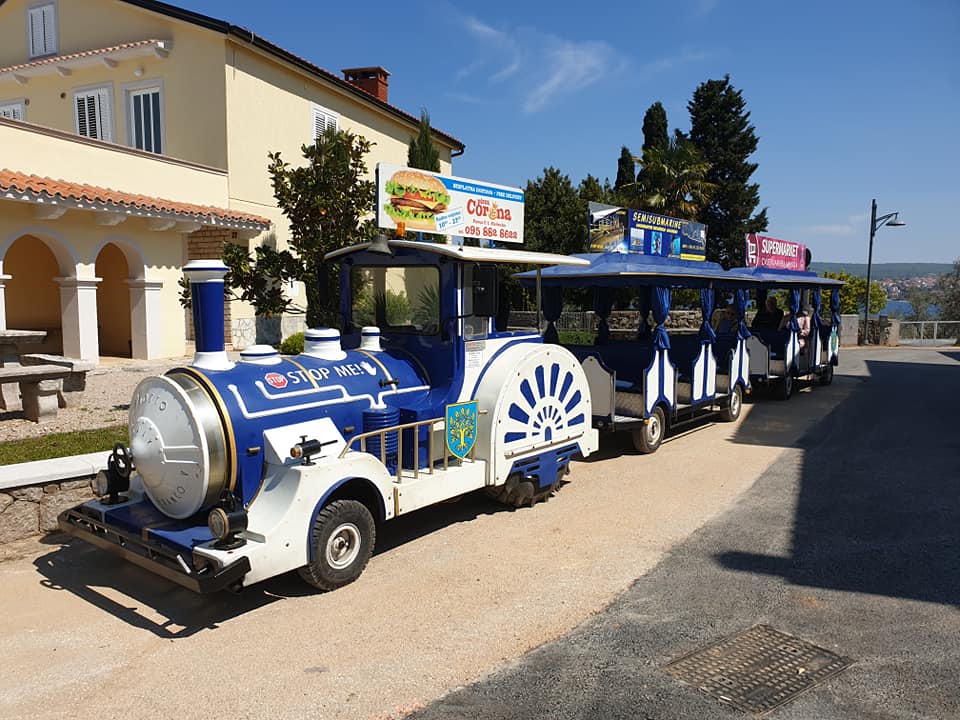
More unusual transportation awaited in Porat in the shape of a road train, which was on hand to take the group for olive oil tasting at OPG Utla and a visit to the Franciscan Monastery in Porat, which involved a little off-roading - a first in my train riding experience.
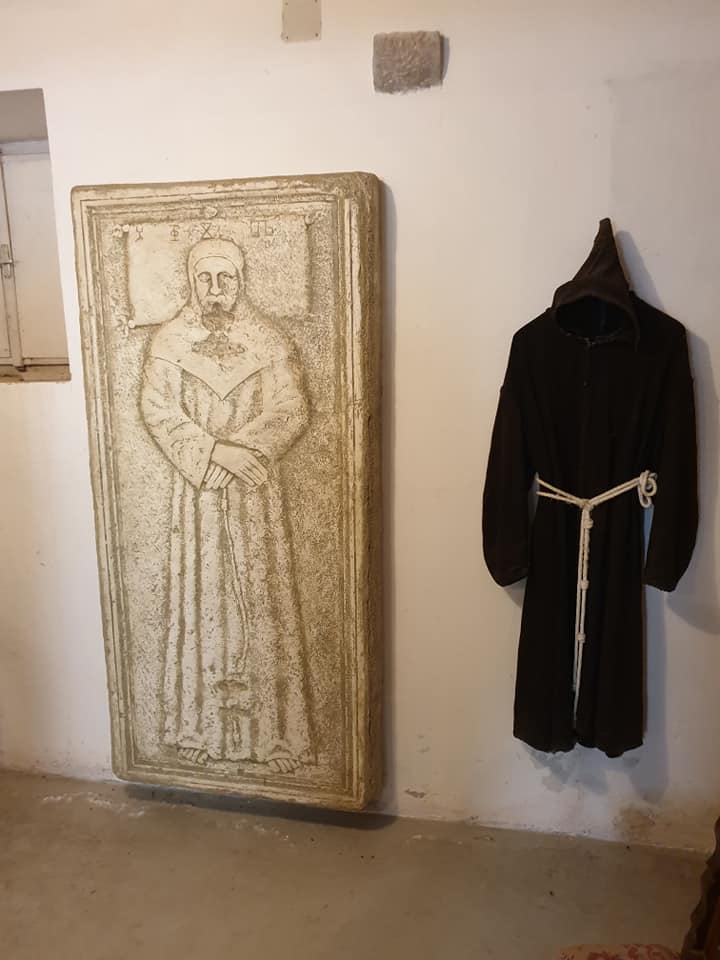
The monastery, with its cool cloister, had some outstanding artifacts (we will be writing a separate article soon), and a first introduction to the ancient Glagolithic language, indigenous to the Krk region, about which we were to learn much more the following day.
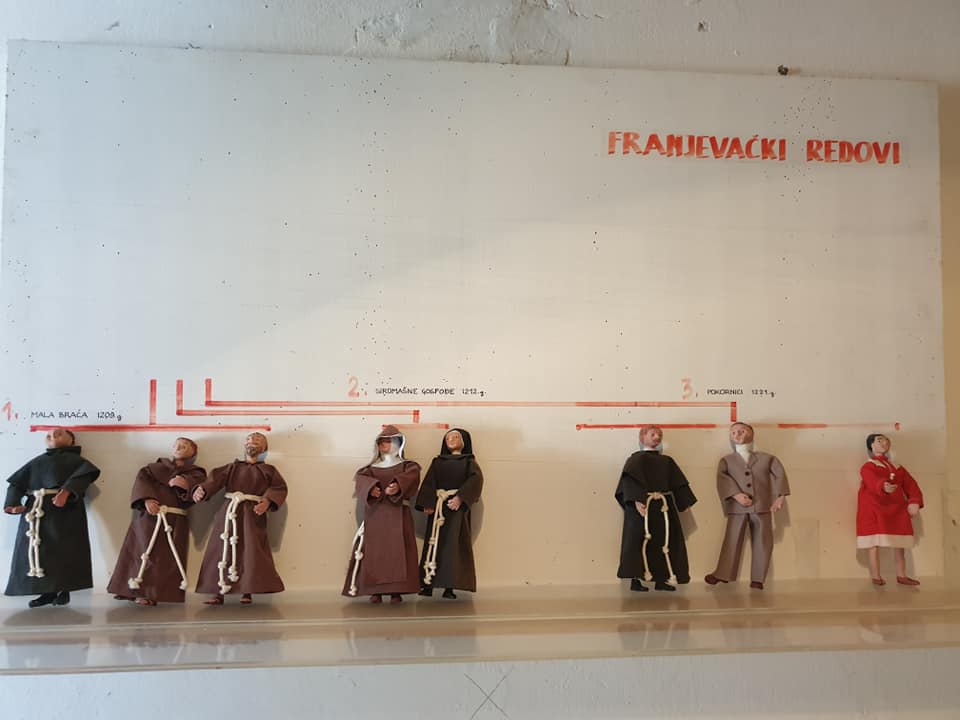
I particularly likes this cute timelime of Franciscan monk fashion over the centuries.
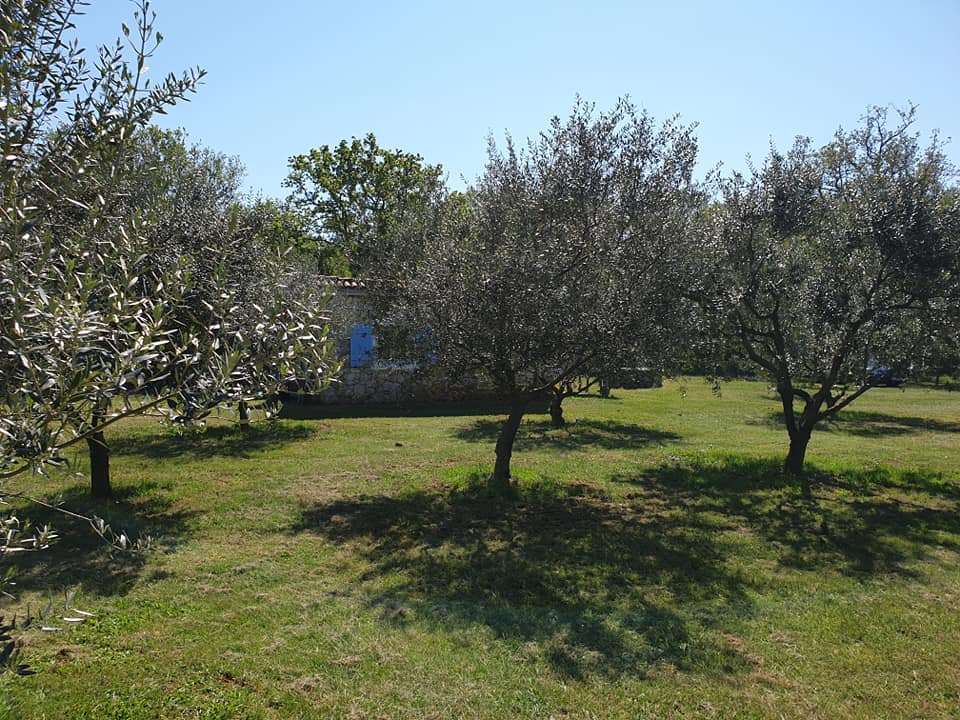
Next stop OPG Utla, a true oasis of calm in this already peaceful island. Sitting among the trees, tasting the excellent family olive oil and admiring another great sea view, this short stop was in many ways a highlight of a very busy day.
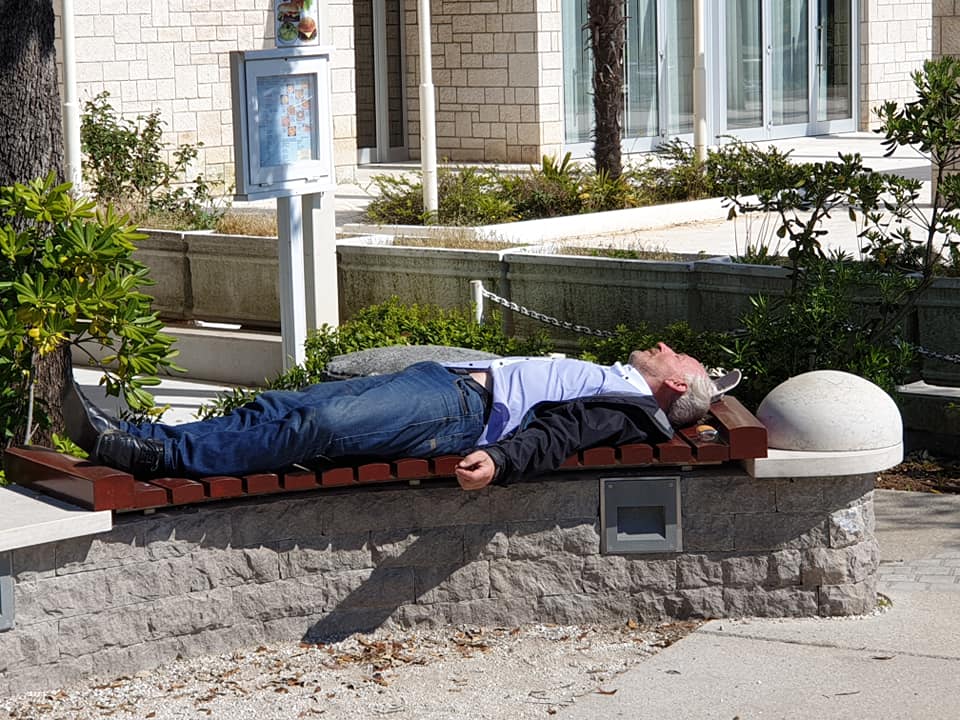
And it seemed that I was not the only one in the mood to relax - I declare the 2019 bench tourism season officially open with this local giving a superb display of the 'fjaka' state of mind.
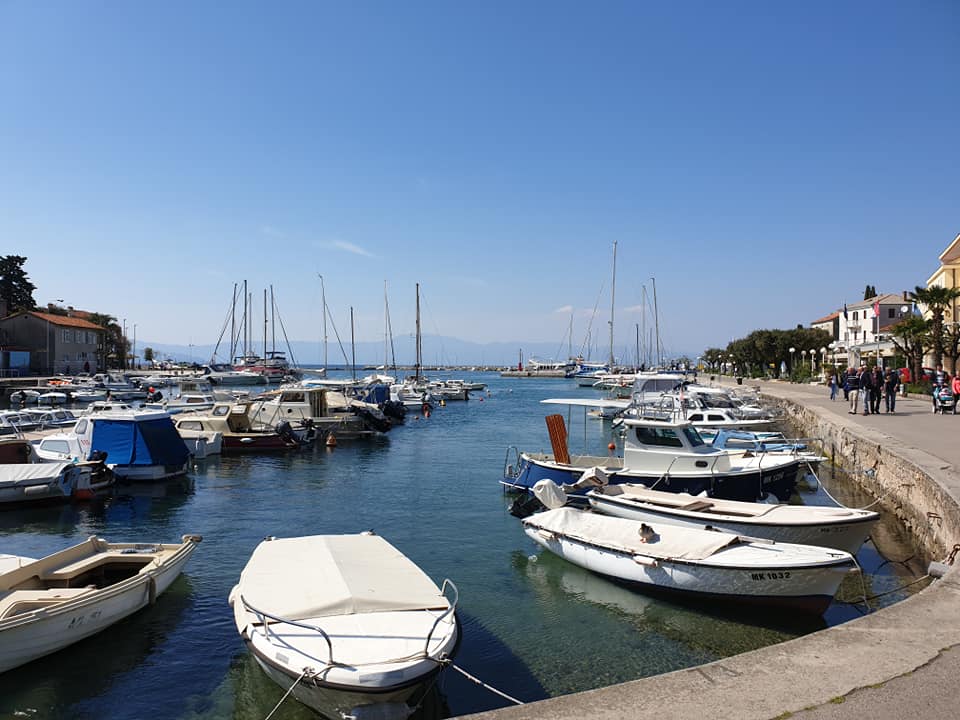
Krk is an island. And it is not. A bridge connecting Krk to the mainland in the 1980s removed one of the biggest characteristics of an island - the need to arrive by boat. Rather than be tied to a ferry schedule, locals and tourists can access the island 24 hours a day, via the 1.4 km bridge, at a cost of just 35 kuna (free for locals), which not only compares favourably with a car ferry cost, but makes Krk immediately more appealing as a destination. No wonder it is one of the most popular places to own weekend houses for people in Zagreb, just over two hours away.
I was expecting that Krk would have lost some of its island identity as a result, but it very much had the feeling of an island full of its own traditions and quirks. And Malinska Bay, above, is typical of an island village harbour. The roads on Krk are excellent, with good access to all its coastal destinations. What did surprise me the most was the sheer diversity of its vegetation. Having been raised on Hvar pine trees, the Mediterranean flora and fauna on the one hand, and forests of oak on the other, were a striking and very welcome contrast.
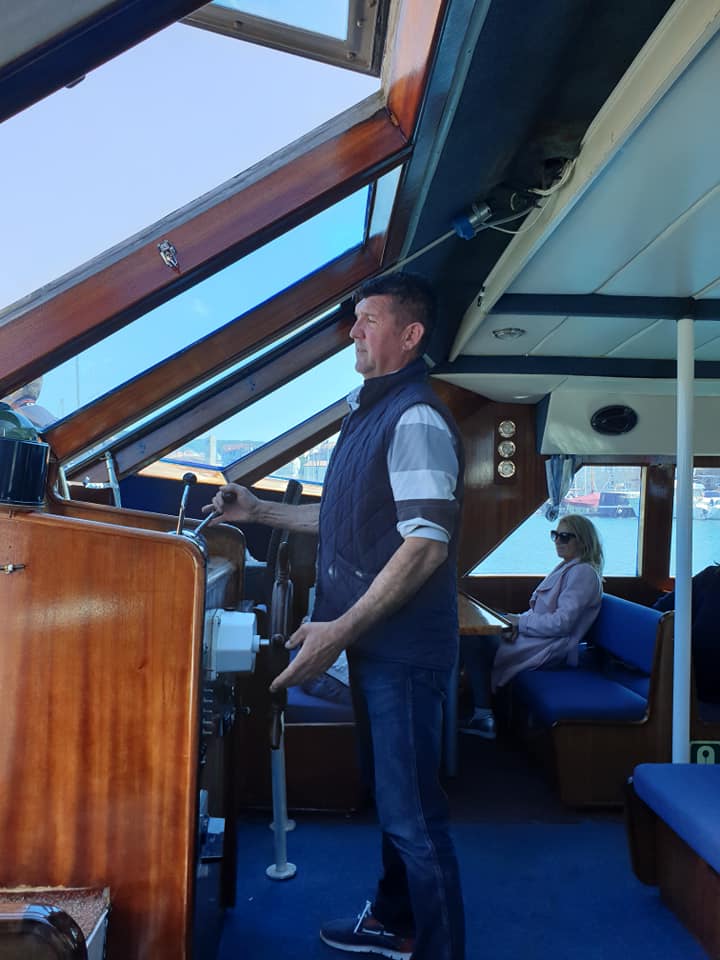
Incredibly, only three hours had passed since the start of the tour with those prawns and asparagus at Primorska Koliba, and time for more food, as Karin rounded up the troops for a return boat ride to Malinska. I decided to stay above deck for this one, as journalistic underwater selfies took place below me.
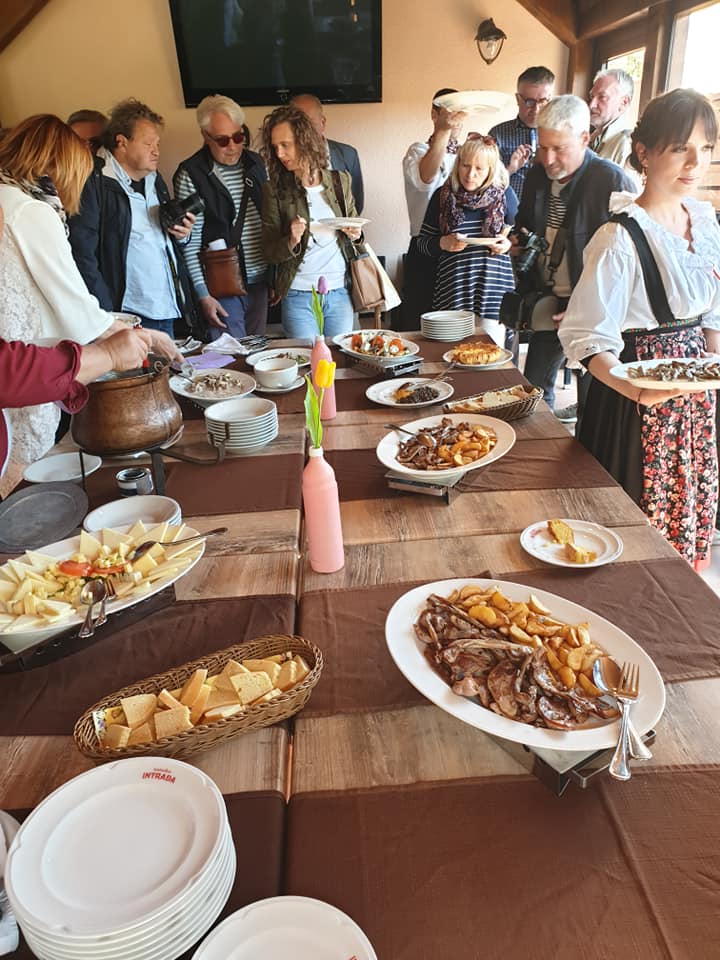
Next up, Konona Intrada, and a first taste of the famous Krk lamb chops, whose taste is partially defined by the salt brought to the island by the biting Bura wind. It was well worth the wait.
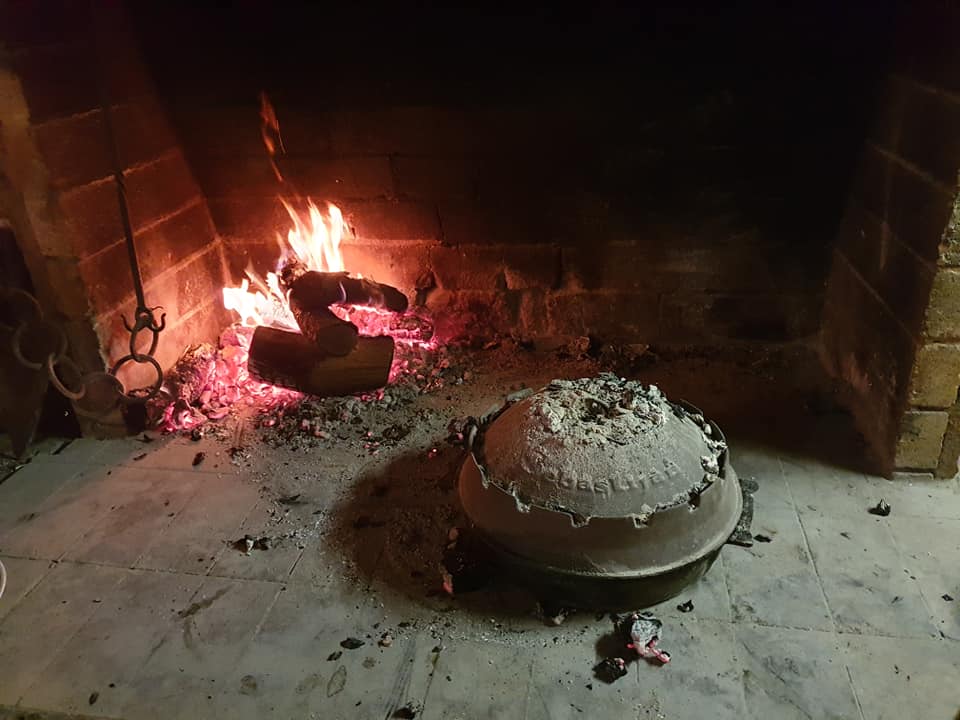
Our train driver was on hand to deliver us to our next destination, Konoba Bracera, where I felt more than a hint of Dalmatia.
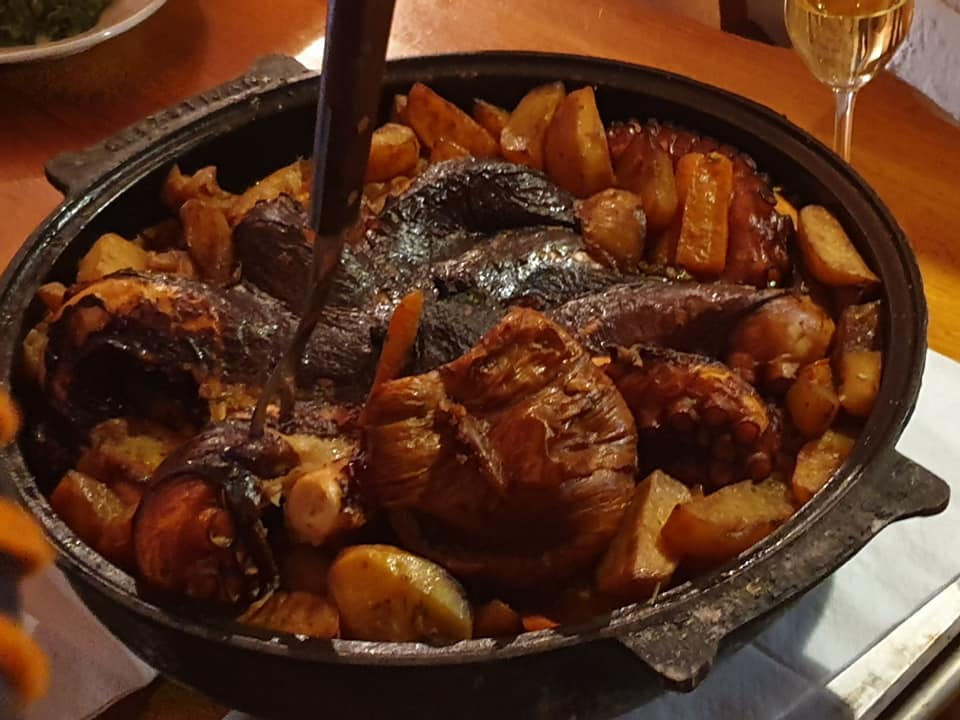
Octopus peka, slow cooked with potatoes and vegetables under an iron bell. One of the true classics of Croatian coastal cuisine.
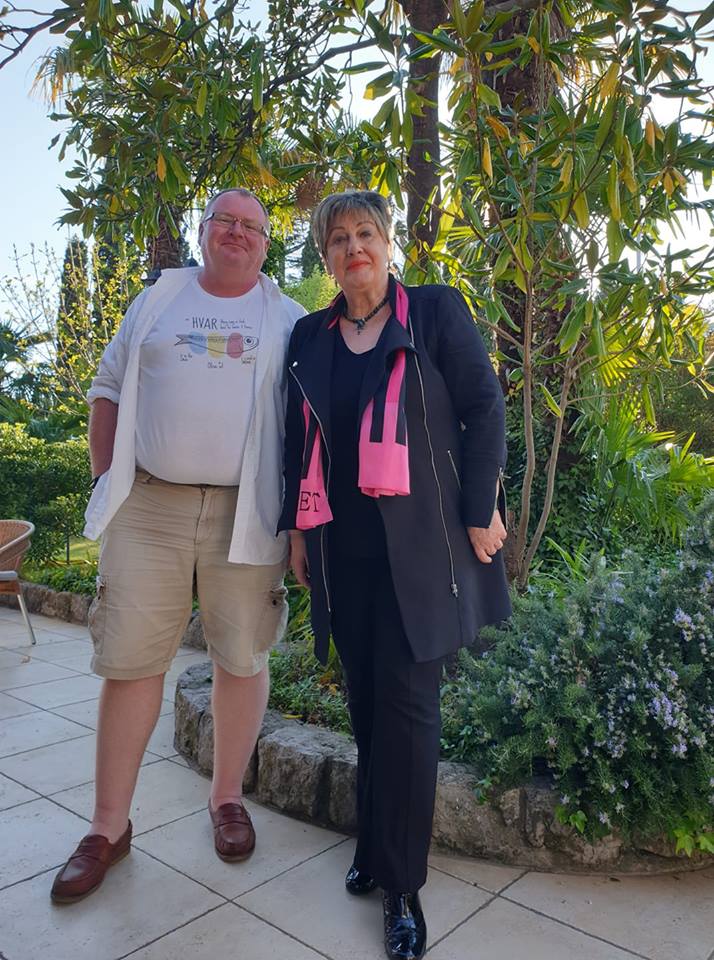
The next stop was a mere 100 metre walk to Nostromo, whose dishes were showcased together with Bistro Toni. I did not manage to learn more about their culinary offers, as I had a much anticipated meeting with Vlasta Brozicevic, owner and medical tourism dynamo behind Terme Selce, the nearby health resort which has treated, among others, over 120 Olympic medal winners in her 30-year career. A remarkable woman, whom we will be introducing in greater detail soon.
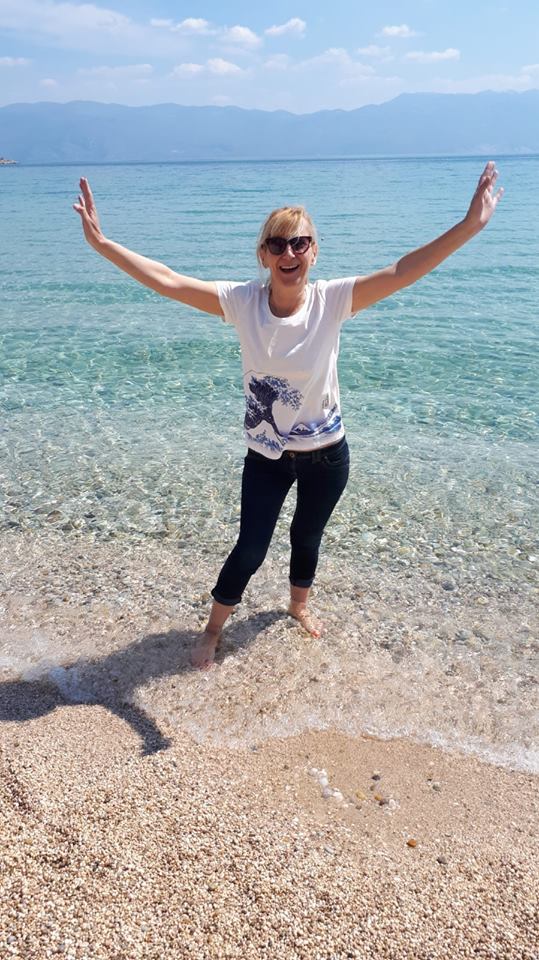
Did I say it was a gorgeous time of year to visit Krk? Young Ana quickly tempted to the lure of the Adriatic.
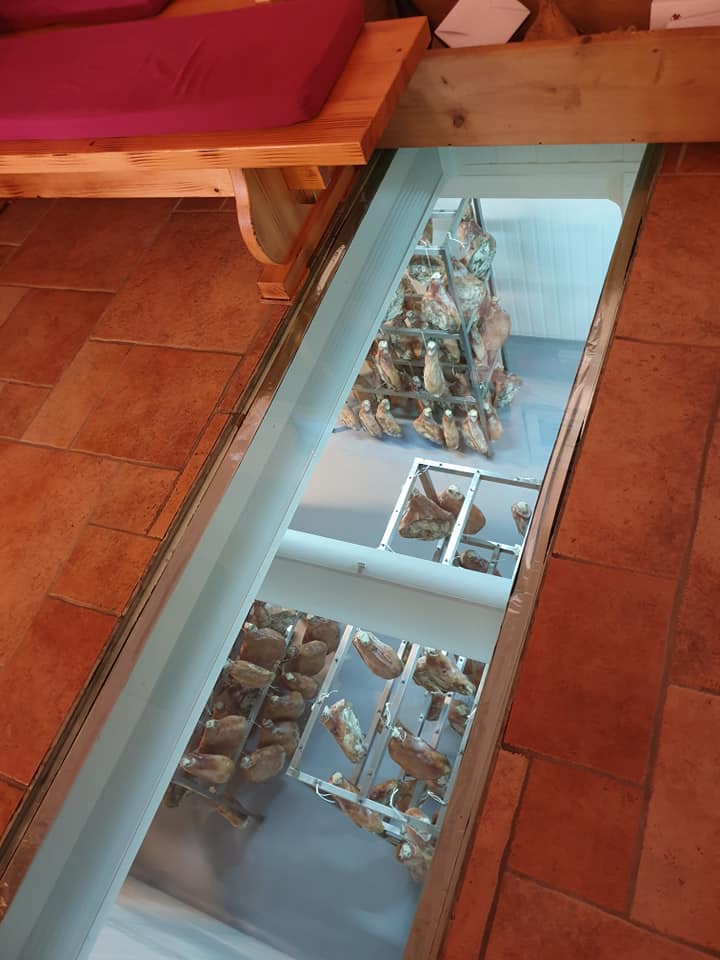
A return to the town of Krk to Kuca Krckog Prsuta (the Home of Krk Prsut), after I had missed the stinging nettle soup and dried octopus brudet at Pod Prevolt. The view through the floor at Kuca Krckog Prsuta - now I want a basement like that! The prsut was excellent, as were the associated products, and the prsut pate was to die for.
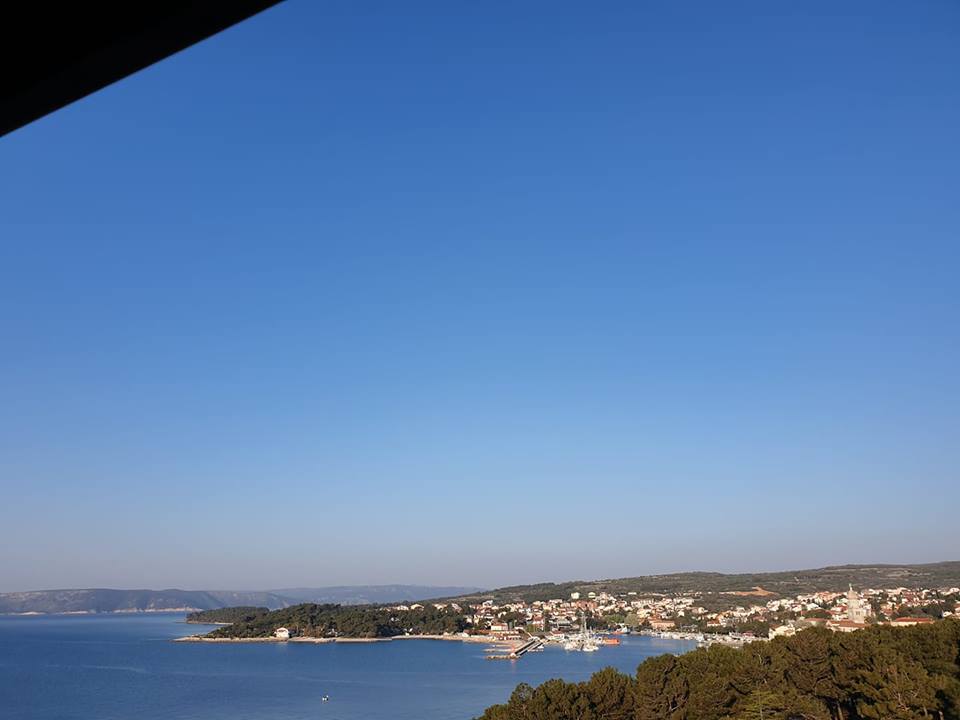
There was time to check into the very comfortable Hotel Drzica in Krk, with 40 minutes to enjoy hotel terrace views like this before a gentle walk into two for an impressive double to finish off the first night.
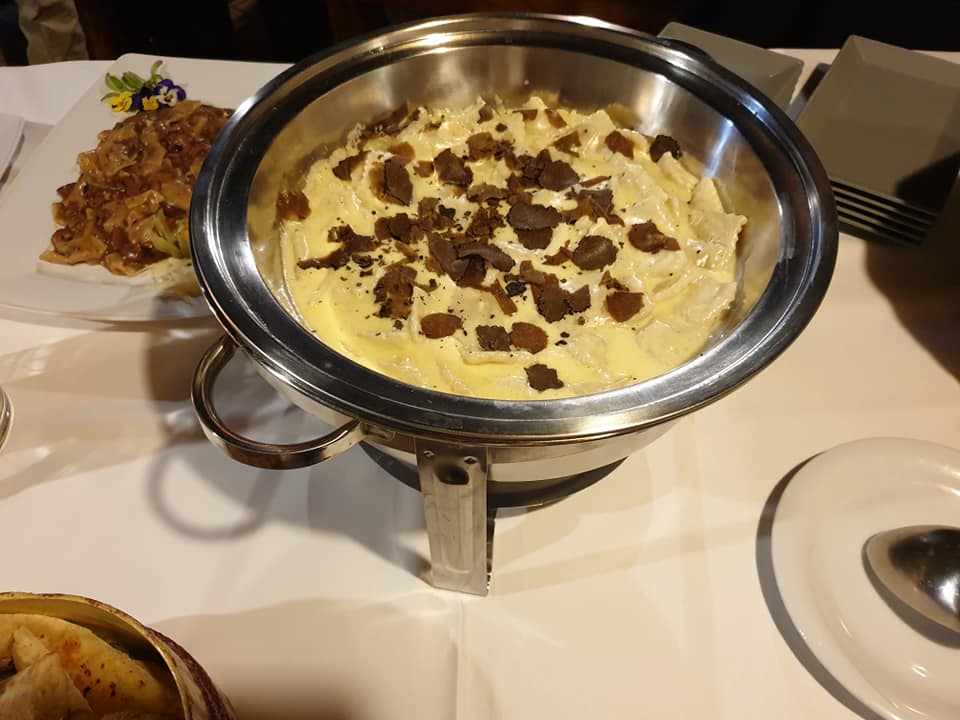
First up was Galija in the heart of the old town, which served up some of Krk's famous surlice pasta dishes, but I had eyes for only one - this delicious home-made ravioli stuffed with prawns and adorned with truffles - one of the highlights in a truly impressive Krk gourmet day.
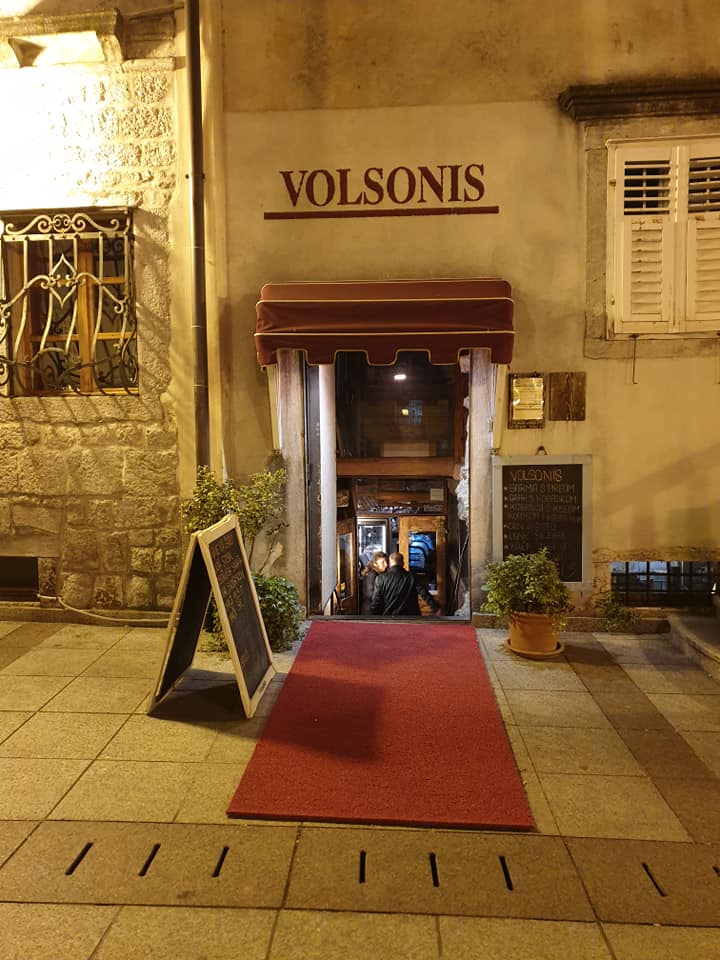
And just when I really couldn't any more, a little nightcap with nibbles at historic Volsonis in the old town of Krk. A gem of a find and a great bar with cocktails.
But what do to when you are a bar and decide to expand and find a Roman wall in the basement? Change your plans for sure, and the wall has become a major tourist attraction, while Volsonis has adapted to the new realities rather well. There is a very cool vibe, and there aren't many places in the world where you can play pool next to such antiquity.
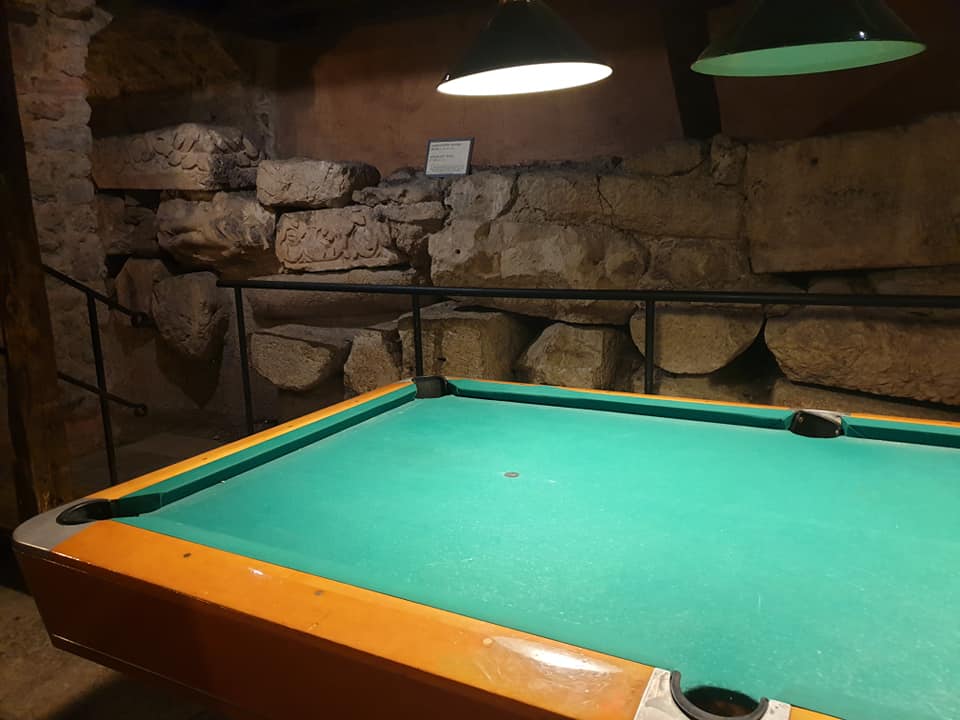
A truly breathtaking first day of gourmet and cultural discovery, and I was exhausted. My biggest fear was that Day 1 started at 11:30 and that tomorrow's programme would be even fuller with a 09:30 start. A day which would take in the fascinating Baska, Kosljun, Punat and Vrbnik. Of which much more soon...
To learn more about the Krk Food Fest, Tastes of Spring, visit the official website, or follow the event on Facebook.
World's Biggest Welcome in Croatia: Day 11 - Njivice to Martinšćica (Kayak, Bike)
April 6, 2019 - Putting Croatian adventure tourism on the map, with the biggest welcome in the world. Day 11 of this incredible 2011 adrenaline trip covering 2,500 km along the Croatian coast.
The World's Biggest Welcome, an ambitious adventure tourism project in 2011 in Croatia enters Day 11 of this 2019 appreciation of one of the finest tourism promotion projects ever in Croatia.
The plan? To showcase the diversity and fabulous offer of adventure tourism in Croatia by following a GPS route the length of the Croatian coast in the shape of the word 'Welcome' - thereby creating the biggest welcome in the world from a hospitable tourism country.
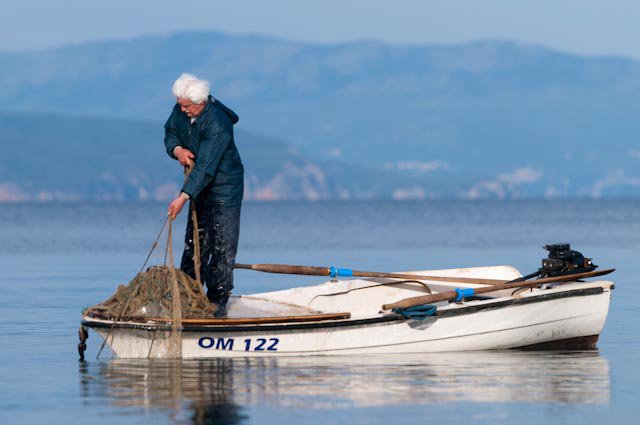
Day 11 moved on kayak and bicycle from Nijvice to Martinšćica.
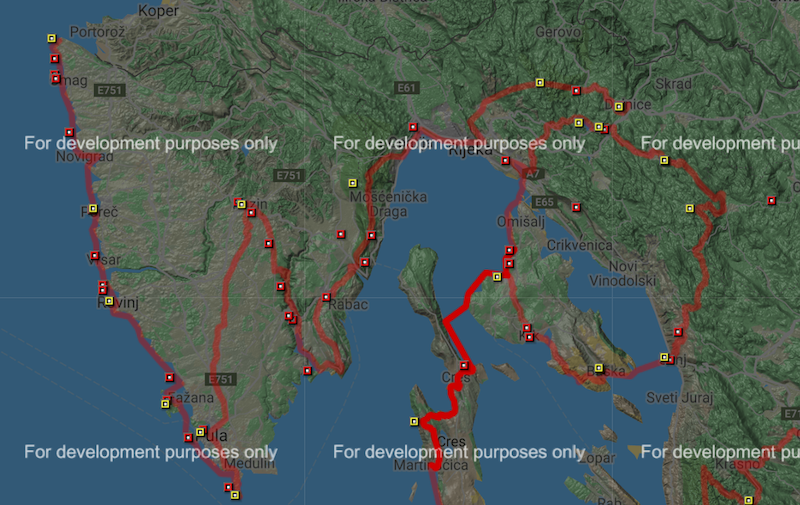
61 kilometres for the day: 31 km by kayak from Njivice to Merag, followed by 30 km bike ride from Merag to Martinšćica to continue forming the ‘E’ in ‘Welcome’.
Unlike the rest of the days of the journey, Day 11 saw only a few photos taken by photographer Luka Tambača.
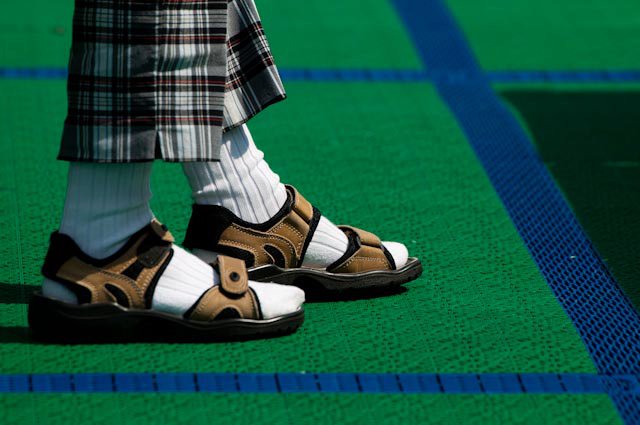
One of which was on the ferry to Cres from Krk. Lacko wrote that there were even some tourists from Germany traveling as well.
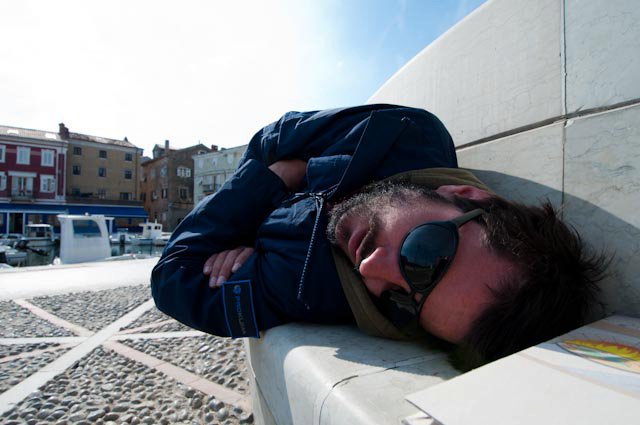
And another of them napping on a bench on the island of Cres with the caption “We were so tired that day.” Understandable.
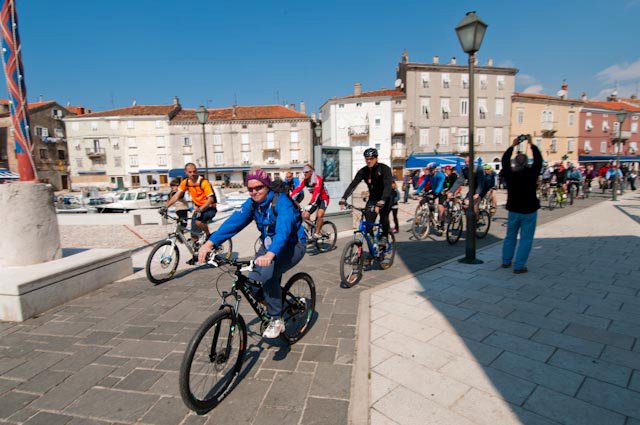
But then a bike race on Cres to wake them up.
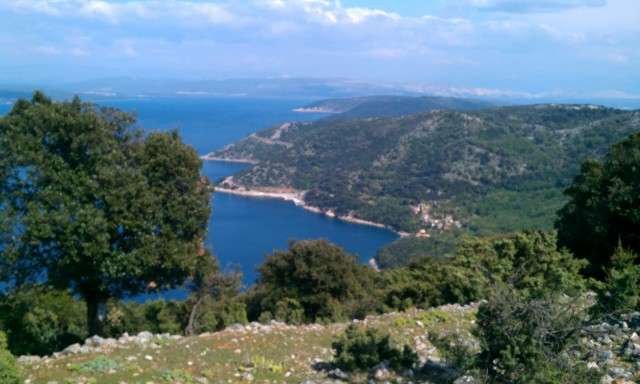
A stellar photo with a view on both Cres and Krk from the old path above the village of Merag.
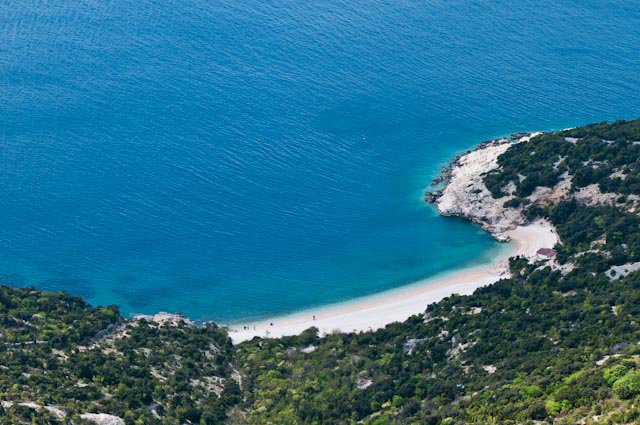
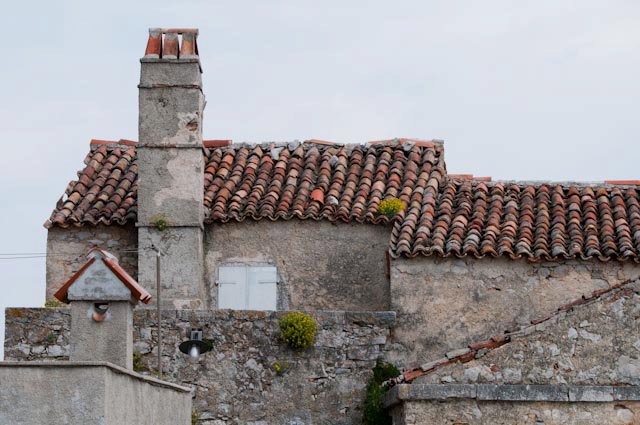
And Lubenice.
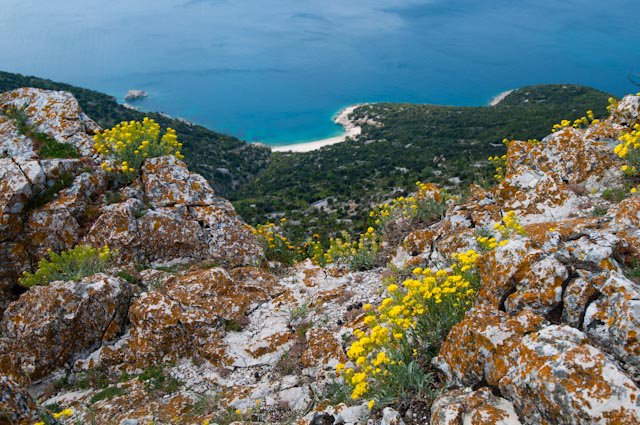
Lubenice in bloom, too.
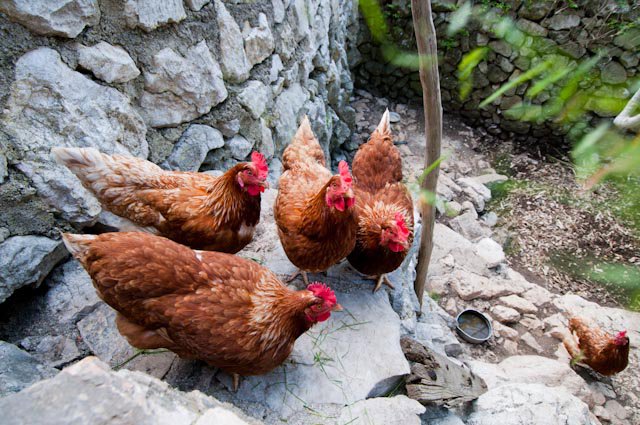
They even fed hens with grass there.
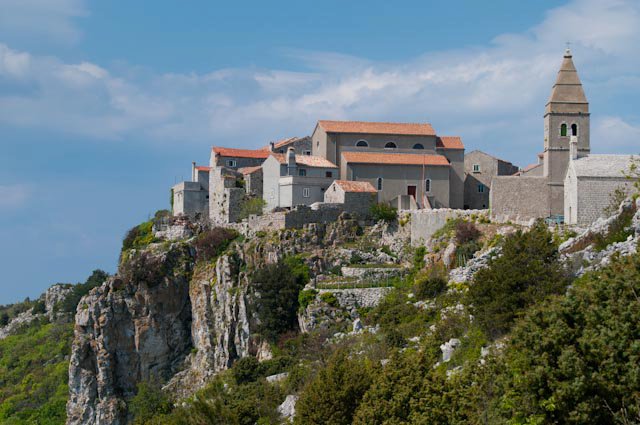
Lubenice in all of its glory.
A key part of the project was promoting tourism, and the official website has details of the key places visited during the day.
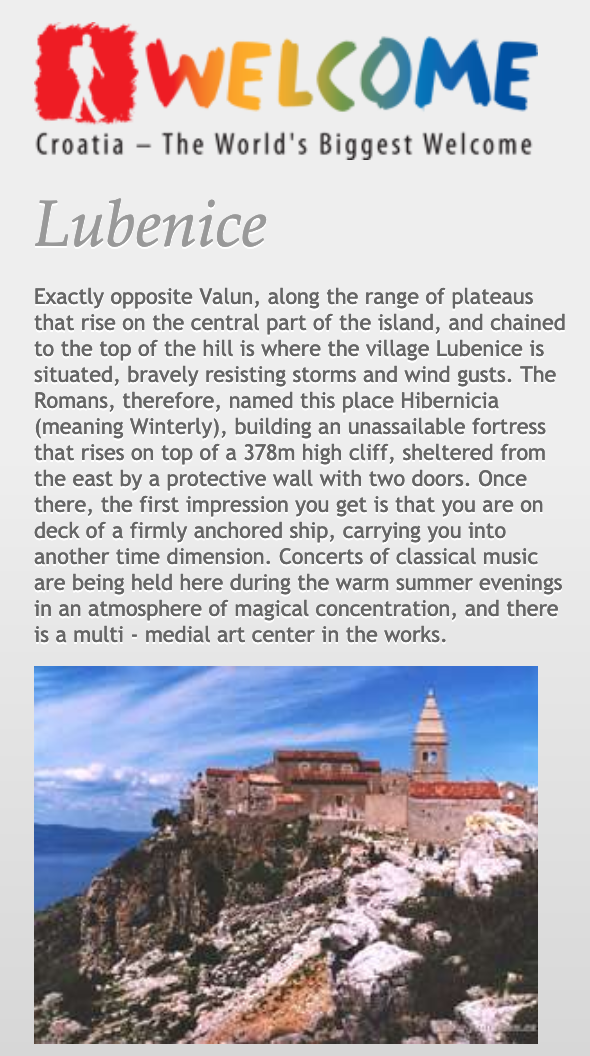
Lubenice was the one landmark they did visit on this part of the journey, which is an ancient fort city on the island of Cres, exactly opposite Valun.
You can see the entire project on the Welcome website, as well as much more of Luka Tambaca's stunning photography on the Welcome Facebook page.
Tune in tomorrow for Day 12, as Lacko moves by kayak, foot, and bicycle from Martinšćica to Mali Lošinj.
To follow the whole project from the start, follow the dedicated TCN page.
Potential for Croatian Producers as Prosciutto Exports Continue to Grow
As Morski writes on the 3rd of April, 2019, what has been happening with prosciutto for the past three to four years is truly spectacular. Due to its superior properties and specific traditional production technology, Croatian prosciutto producers have stumbled upon some great export potential and even more potential for the product's better placement in Croatian tourism through the country's already rich gastronomic offer.
When compared to five years ago in 2014, exports have increased in quantity by fourteen times, and perhaps most importantly, in value eleven times. Approximately 88 percent of total exports go to the EU market, and just over eleven percent go to CEFTA countries.
''The latest 2018 statistics show an increase in exports of shank and aitchbone products by nearly sixty percent, but unfortunately, we still don't even cover a third of imports. We need new investments and we need to invest in new prosciutto production capacities to double our production, and 700,000 pieces annually to at least meet the needs of the domestic market,'' said Dragan Kovačević, vice president of the Croatian Chamber of Economy for Agriculture and Tourism, at a press conference announcing the event Days of Croatian Prosciutto.
Ante Madir, Executive Director of the "Hrvatsko pršuta" (Croatian prosciutto) cluster, which brings together producers responsible for 95 percent of the total prosciutto production in the Republic of Croatia, explained more precisely what awaits Croatia on the fifth Days of Croatian prosciutto, which is being held from the 26th to the 27th of April at the Zagreb International Hotel this year.
''On the first day, we'll have a manifestation with round tables and workshops, the expert part of the gathering, and the second day at Ban Jelačić Square, there'll be a show-selling part where people can taste our prosciutto,'' Madir said, adding that they decided on Zagreb because quite a large market and a high demand for the product can be found in the Croatian capital.
"What's been happening with prosciutto over the past three to four years is truly spectacular. The signs of protection (special labels) are our tickets to the wider European Union market, that's very important for being able to [have our products] arrive to shop shelves. In Croatia, we still need to work on presenting [our products] to consumers to have them pay more money for something which is domestic and specific,'' said Igor Miljak, chairman of the PPK Karlovac meat industry, stressing that Croatia still doesn't have key gastro brands that are recognised on the European or global market, but it definitely does have the quality to be able to cope well with the competition.
Ana Babić from Voštane pršut, a representative of the Association of Dalmatian Prosciutto, explained the difference between Dalmatian and Istrian, or more specifically Krk prosciutto.
''Dalmatian prosciutto is smoked, while Istrian and Krk prosciutto isn't. There are no additives or preservatives in its production, and the process itself lasts for at least a year,'' Babić explained, adding that the tradition of Dalmatian prosciutto production draws its roots from as far back as ancient Roman times.
Drago Pletikosa of Belcrotrade and the president of the Association of Drniš pršut stressed that Drniš prosciutto is a little and is therefore certified, although there is no difference between Drniš and Dalmatian prosciutto when it comes to the production process itself.
''Last year, we imported 3,848 tons of products worth more than 21.5 million euros and exported 1.113 tons (6.5 million euros). Compared to 2014, exports have increased in quantity fourteen times, and by value eleven times. Approximately 88 percent of our total exports go to the EU market, and just over eleven percent go to CEFTA countries. We export the most to Slovenia (35.5 percent of total exports) and to Italy (28.1 percent),'' stated Pletikosa.
''This event brings together and promotes prosciutto producers from all over the country, whose products are protected by a stamp of designation of origin, and labels of geographical origin (Krk, Dalmatian and Drniš prosciutto) at the EU level,'' stated the Croatian Chamber of Commerce (HGK).
Quality labels for consumers guarantee the purchase of authentic and properly controlled products, with recognised quality and a local origin. Protecting products without educating consumers and business partners about its proper valuation has no great benefit. Therefore, this event contributes to the strengthening of the recognisability of these Croatian meat products with higher added value and a better market positioning, all with the aim of developing the wider Croatian economy.
Make sure to follow our dedicated business and Made in Croatia pages for much more.
Lawsuit Against Permit for Floating LNG Terminal on Krk Rejected
ZAGREB, April 4, 2019 - Omišalj Mayor Mirela Ahmetović on Wednesday commented on the latest ruling by the Administrative Court rejecting the municipality's lawsuit questioning the changes made to the development permit for a floating LNG terminal on Krk, saying that the municipality would appeal and that it and its residents would turn to European judicial bodies and institutions.
Ahmetović told a press conference that the court had rejected the municipality's lawsuit against the Ministry of Construction and Physical Planning questioning the legality of the development permit issued for the floating LNG terminal.
Ahmetović said that the municipality would appeal the court's decision and added that considering the developments to date concerning the terminal, she did not expect the court would have decided differently.
"We have initiated communication with the European Commission and European Parliament and are preparing to take the matter to European judicial institutions," she said and added that the government had not once turned to the local community and the prime minister and president "have not set foot in Omišalj municipality where the so-called strategic project is to be implemented."
Ahmetović claimed that the state wants to "install something (in Omišalj) that wasn't considered even in the craziest scenario" by the municipality or county. She added that it never happened that the EU financed a project that an entire local community objected to, as is the case with the local community on Krk island.
Ahemtović said that county and municipal physical plans exist. There is also a development strategy that mentions an LNG terminal, and the development strategy refers to an onshore terminal and not offshore.
County Prefect Zlatko Komadina said that the local community was not opposed to an LNG terminal but wanted it to be built on shore.
"It is absurd that instead of an onshore terminal, as provided for under the physical plan, we are facing aggression with a floating terminal that no one here wants," Komadina concluded, appealing to state authorities to work on the project in agreement with the regional and local community.
More news about the LNG terminal can be found in the Business section.
Brand New Zadar-Rijeka Catamaran Line Coming This Summer
Something new is set to take to the placid waves of the Adriatic sea this summer as the Dalmatian city of Zadar and the city that flows - Rijeka in Kvarner, are set to be connected by catamaran.
As Morski writes on the 2nd of April, 2019, as of the 15th of June this year, the G&V Line Iadera will begin running a brand new daily line that will connect Rijeka and Zadar, joining Krk (Krk), Rab (Lopar) and Pag (Novalja) seasonally.
This is a new and unique line from G&V Line Iadera, which will connect Dalmatia and Kvarner by sea, enabling a person to arrive to Zadar from Rijeka (or vice versa) in only four hours, according to a report from eZadar.
190 kuna is the one-way maximum price, and the fastest ship, Melita, with its capacity of 180 passengers and an indoor air-conditioned salon will depart from Rijeka on 08:15 and from Zadar at 16:15.
The total journey time between the two coastal Croatian cities is four hours, and passengers can enjoy travelling in air-conditioned indoor areas with comfortable seating.
The line will run from June the 15th to September the 15th, and ticket sales online will soon begin.
Make sure to follow our dedicated lifestyle and travel pages for much more.
Janaf Inaugurates Three New Crude Oil Tanks
ZAGREB, April 2, 2019 - Janaf on Tuesday put into operation three new crude oil tanks in Omišalj on the island of Krk, and this national operator of the oil pipeline and storage system invested nearly 280 million kuna (38 million euro) in this project that enables the storing of 240,000 cubic metres of crude oil on that Adriatic island.
The new tanks increase the capacity of the Omišalj terminal where there are now 20 tanks for the storage of 1.4 million cubic metres of crude oil, while storage capacity for petroleum products is 80,000 cubic metres.
The inauguration of the three tanks completes the process of upgrading the Omišalj facility.
Apart from this terminal, Janaf operates terminals in Sisak, Virje, Slavonski Brod and Zagreb, with the aggregate storage capacity being 1.94 million cubic metres of crude oil and 220,000 cubic metres of petroleum products.
The Zagreb-headquartered company also operates 631 kilometres of oil pipelines throughout Croatia.
Addressing the inauguration ceremony, State Assets Minister Goran Marić said that Janaf, in which the state holds a majority stake, sets the model for other state-owned companies.
Janaf Board chair Dragan Kovačević boasted that the Omišalj terminal was among the top three terminals of this kind in the world.
The company registered a 4.5% rise in both gross and net profits in 2018, with gross profit totalling 370.6 million kuna and net profit 303.7 million kuna.
Total revenue was 781.8 million kuna, which was similar to 2017, whereas total expenditure was cut by 3.5% to 411.2 million kuna.
Last year, Janaf set aside 457.4 million kuna for investment.
More news about Janaf can be found in the Business section.


